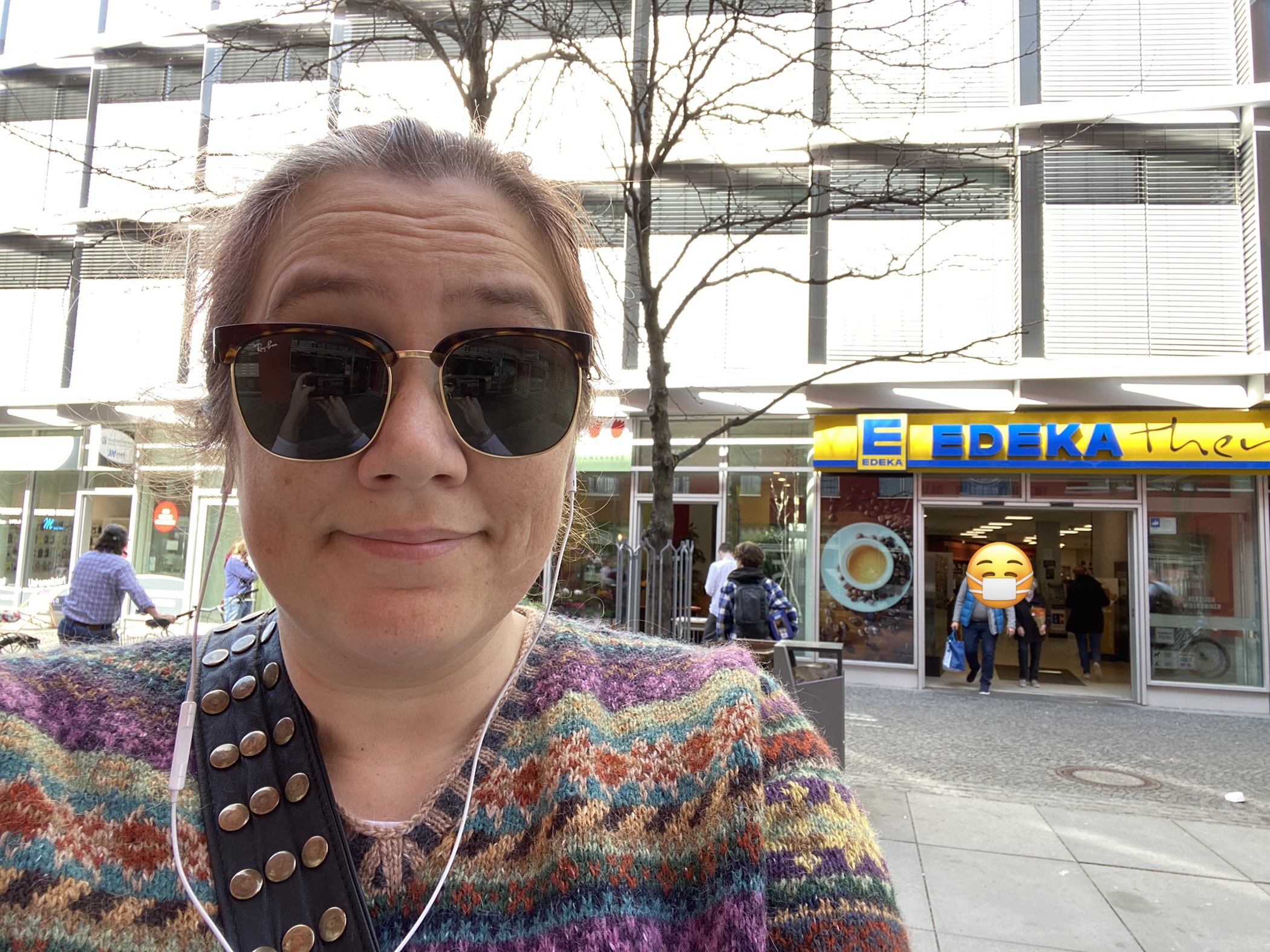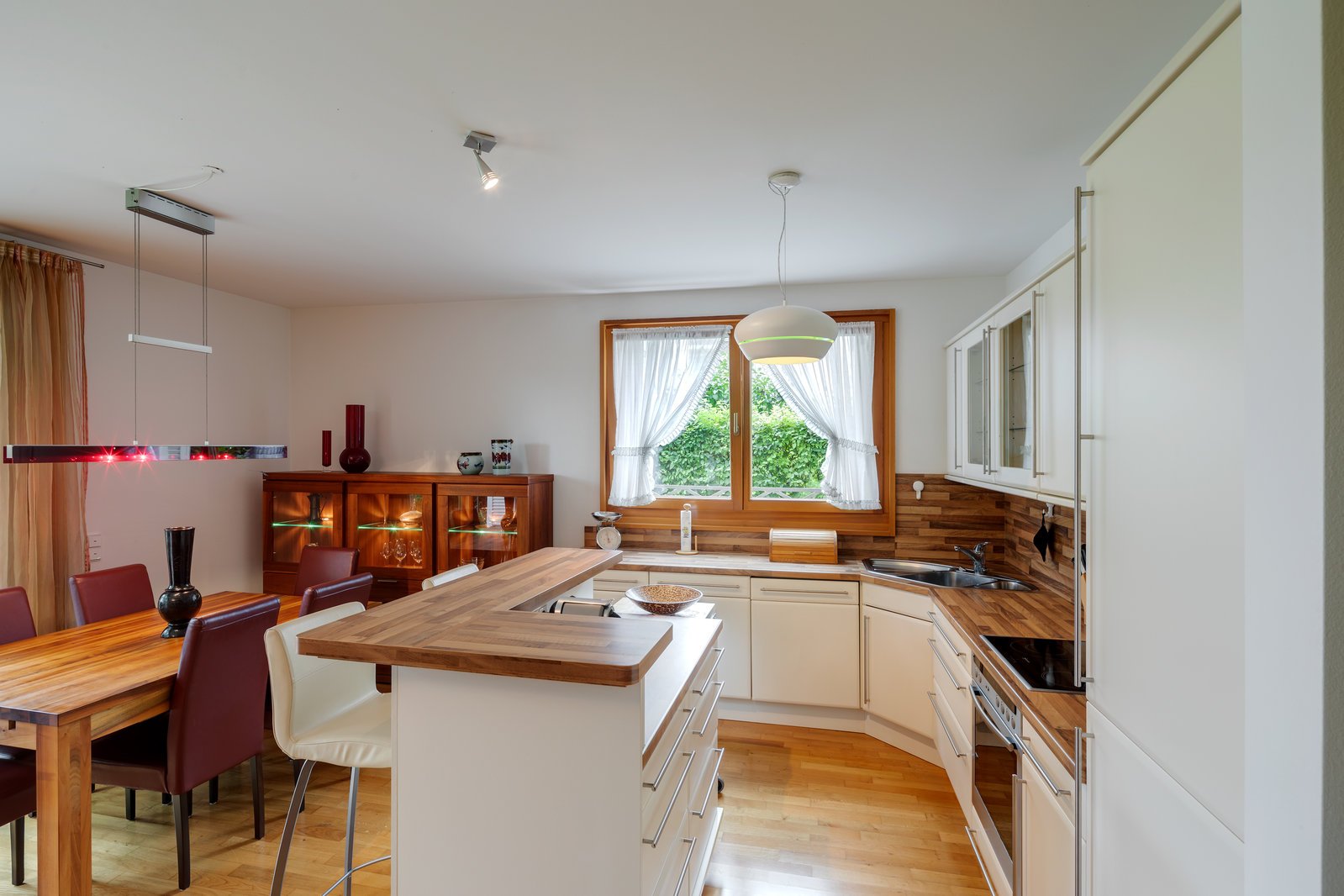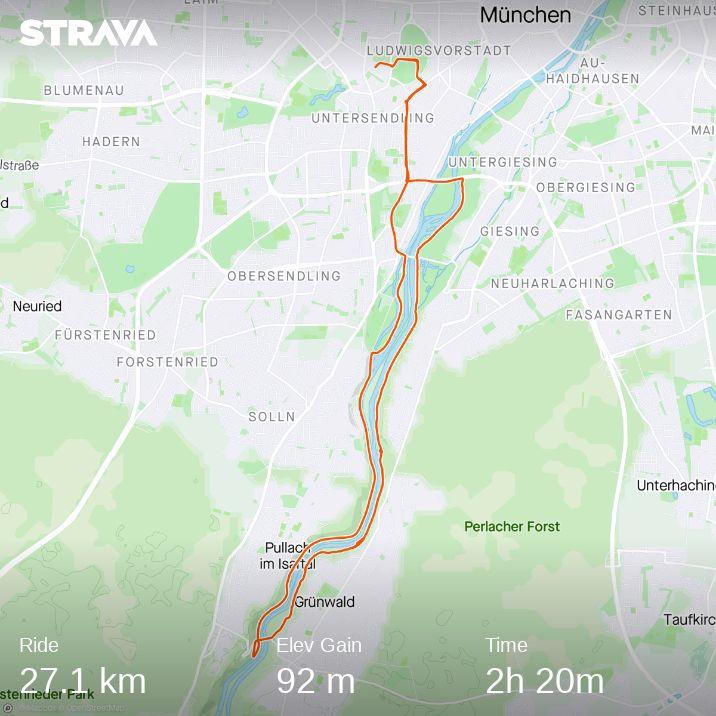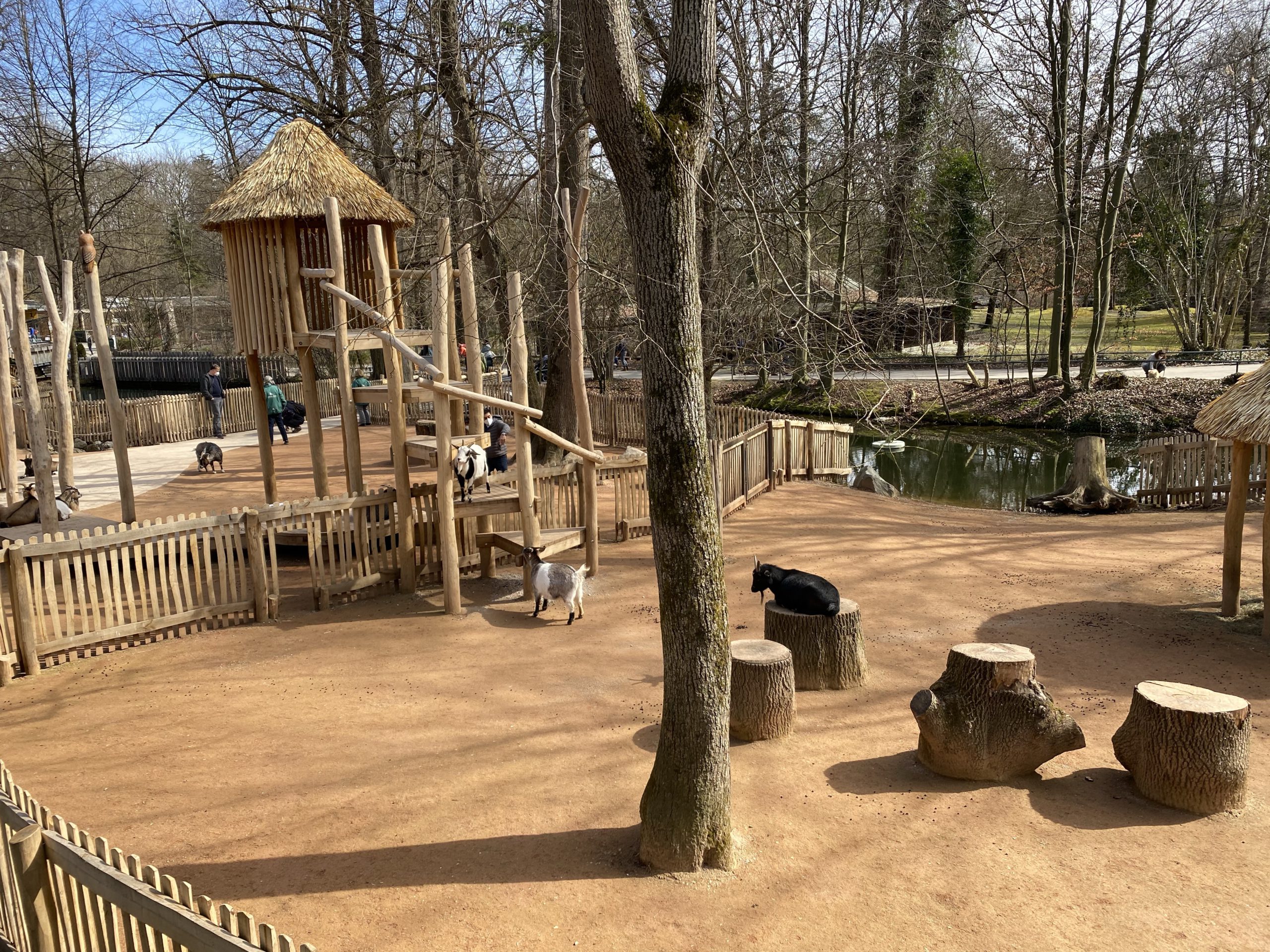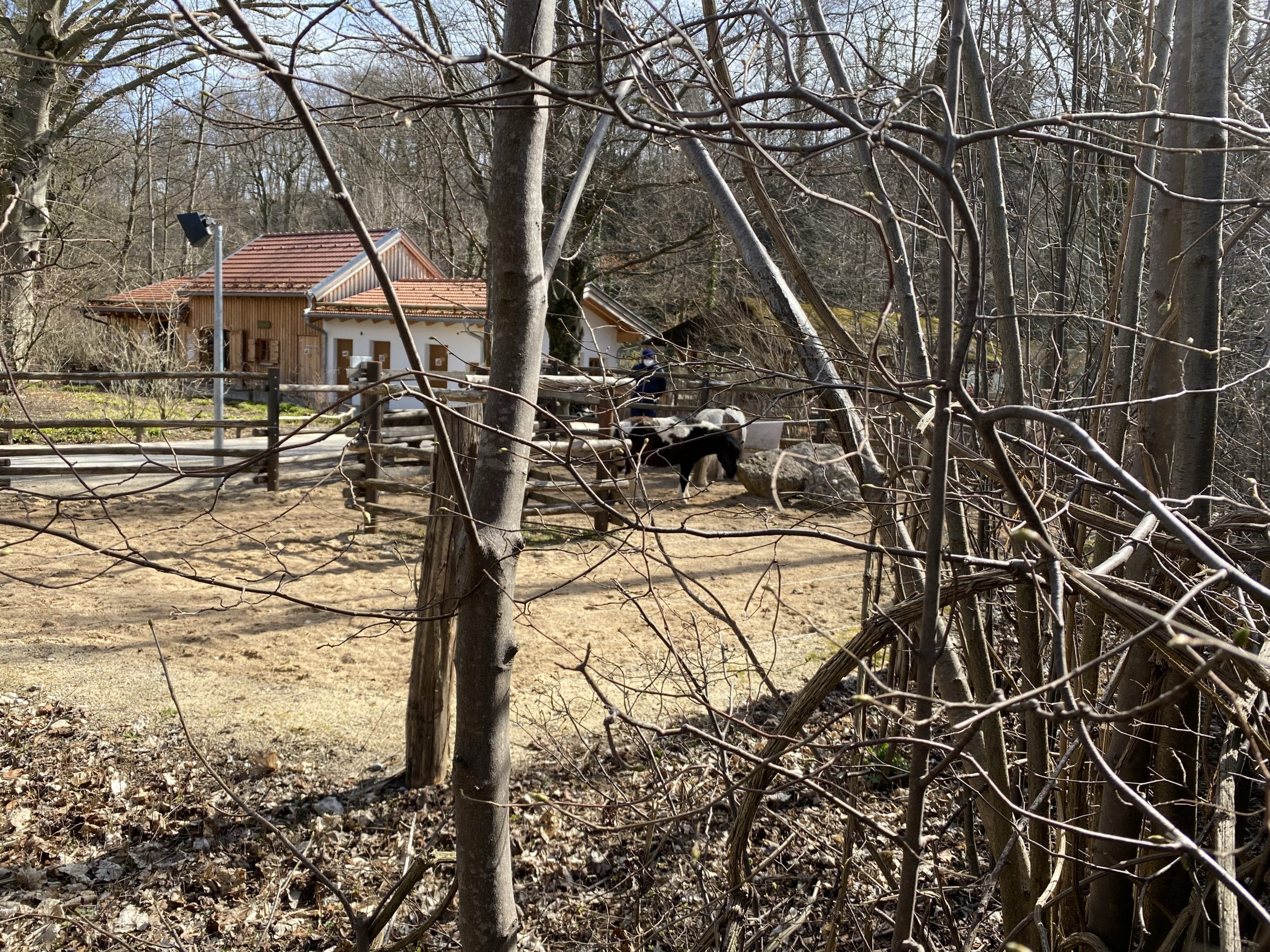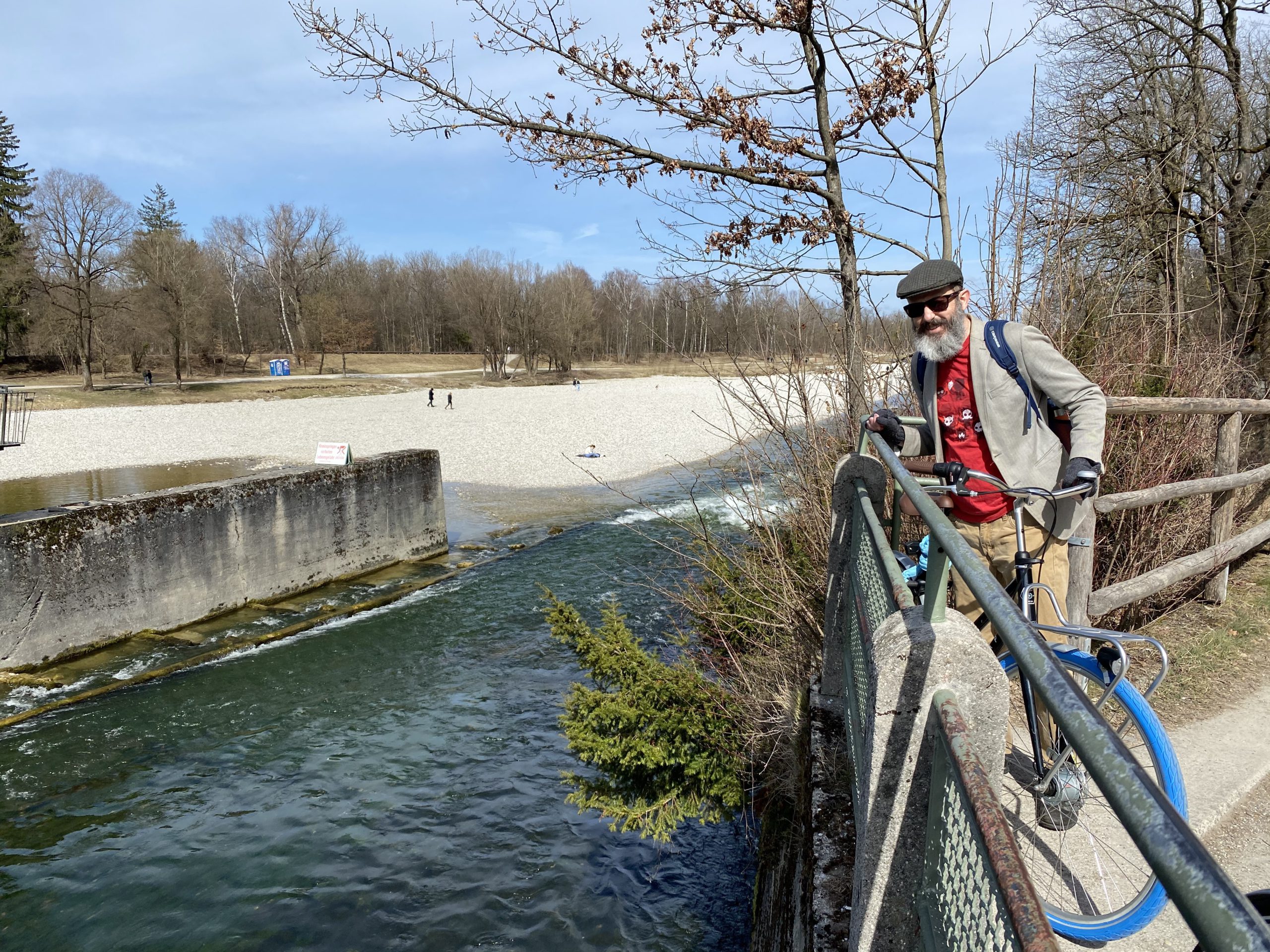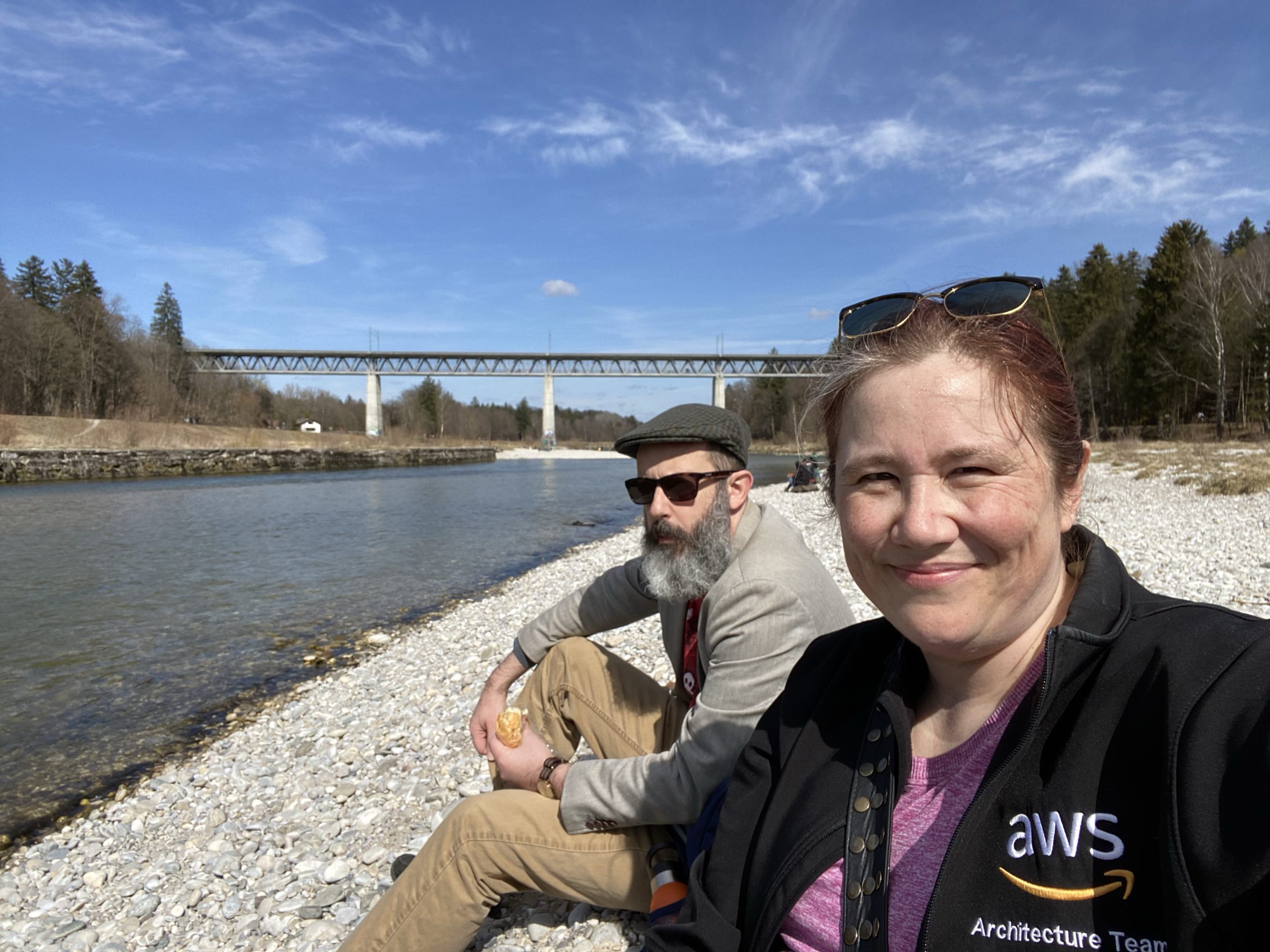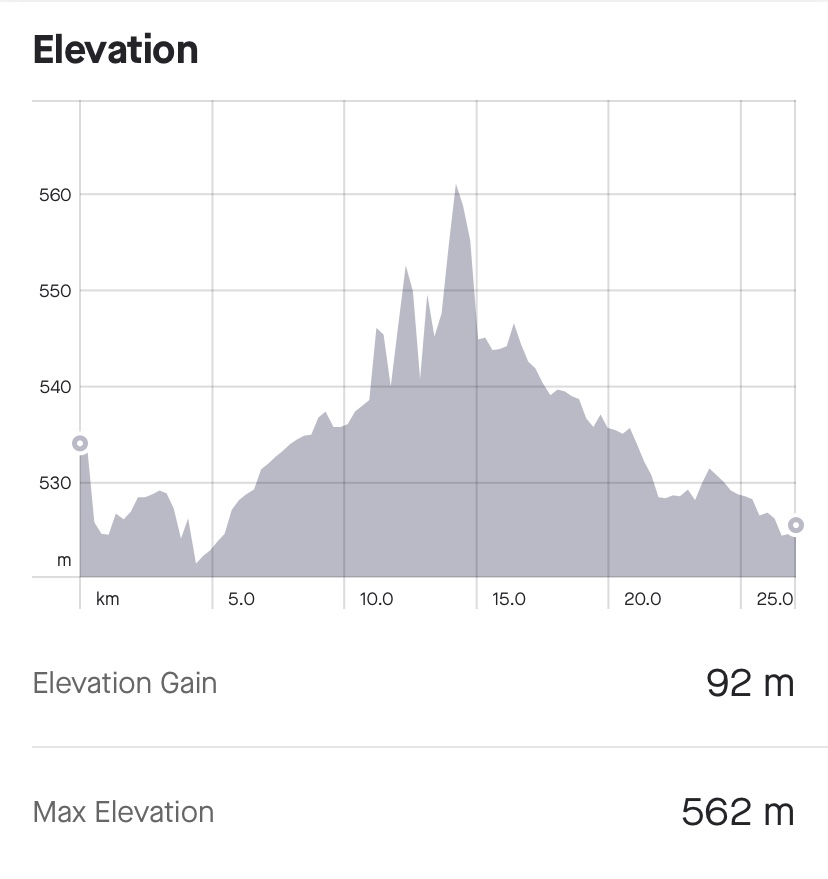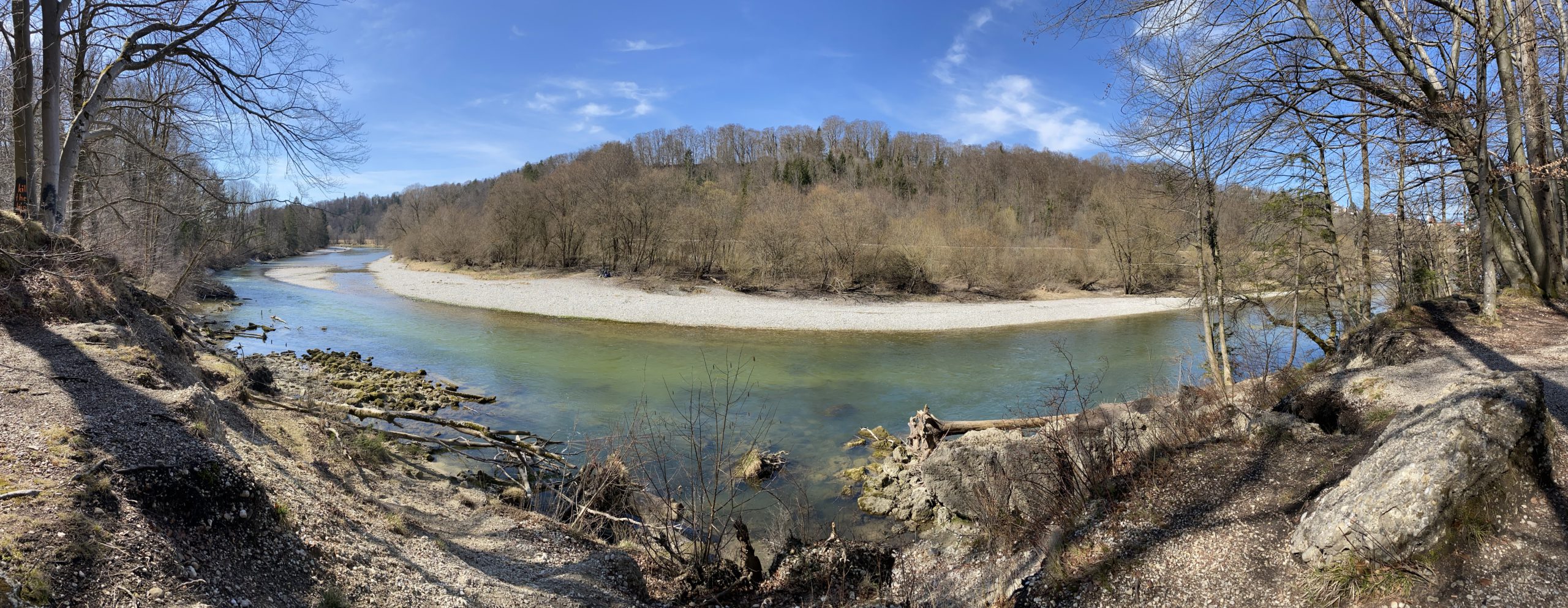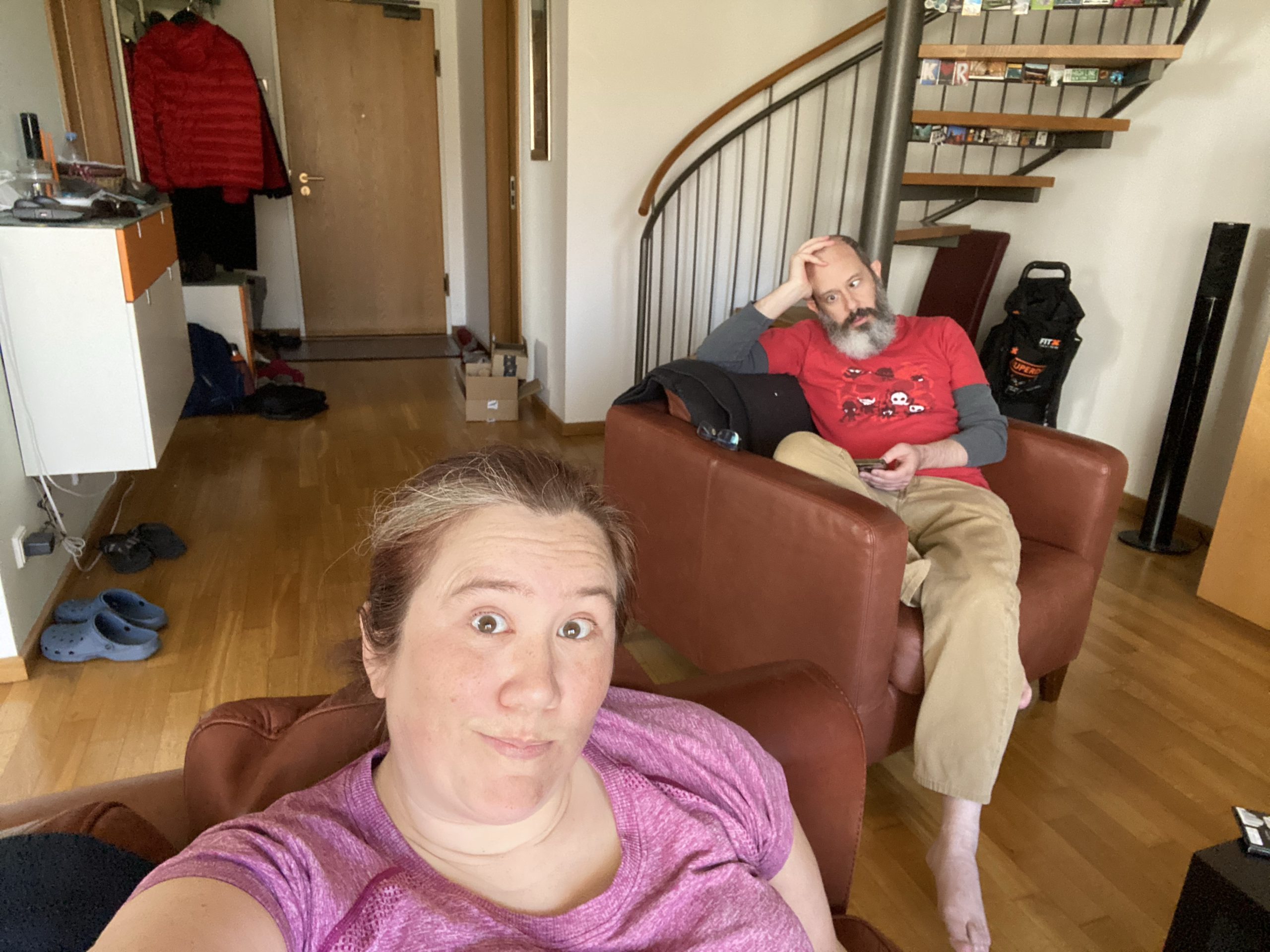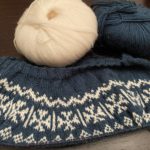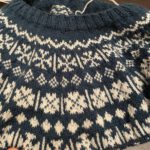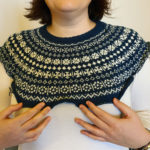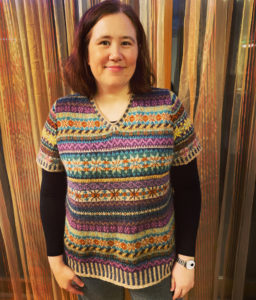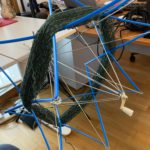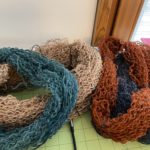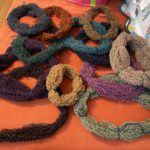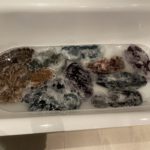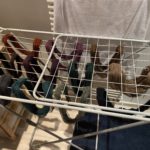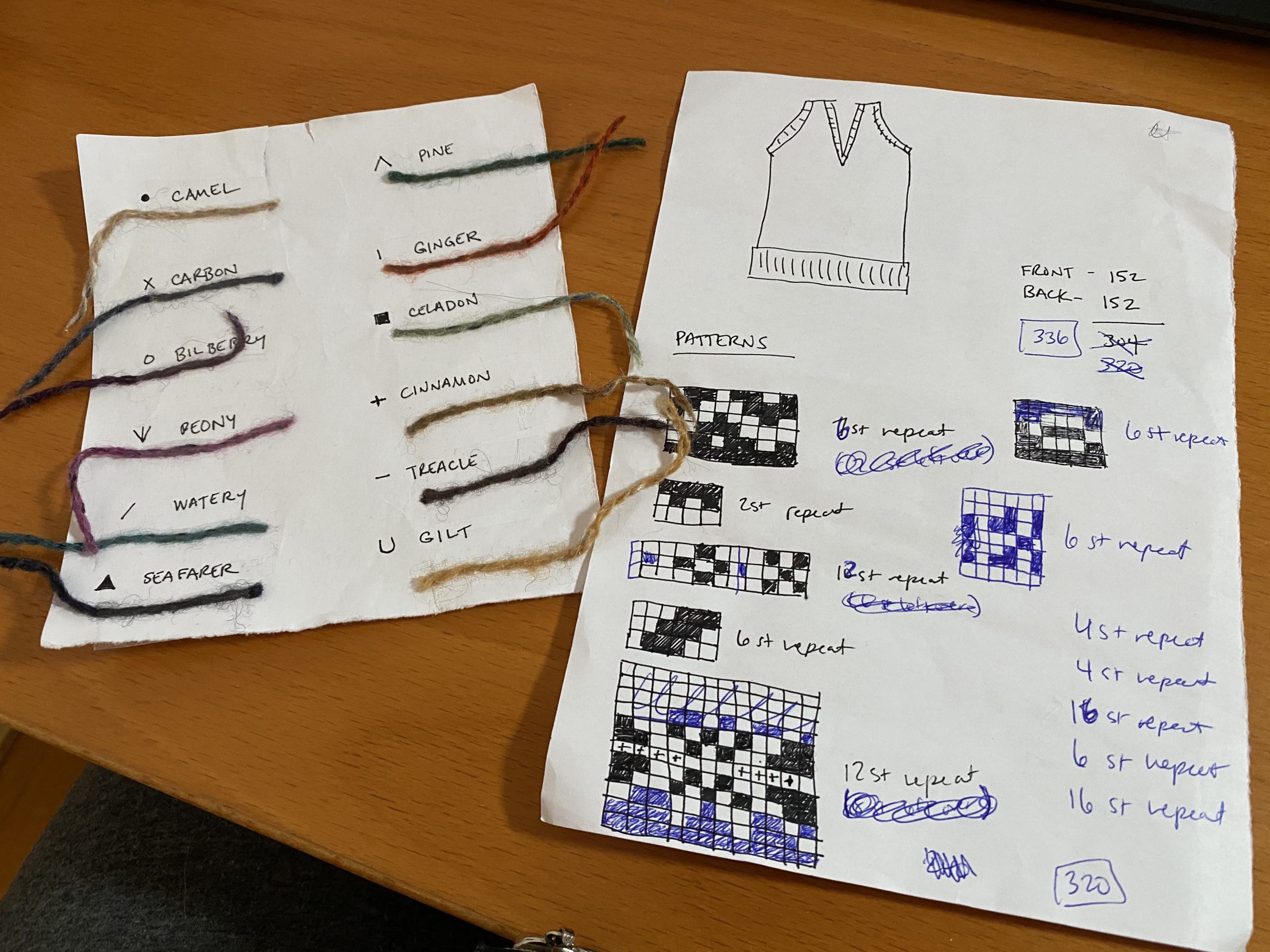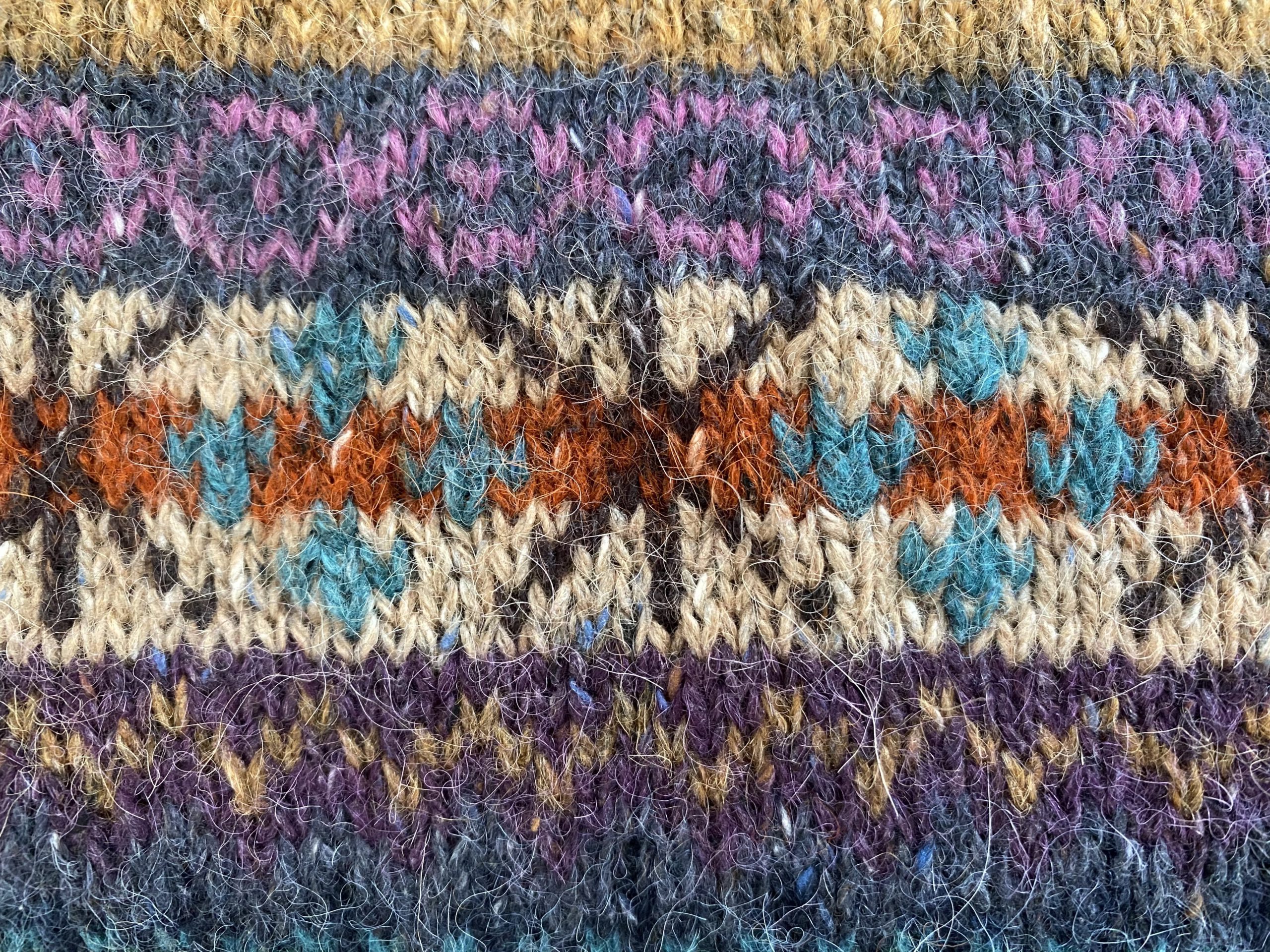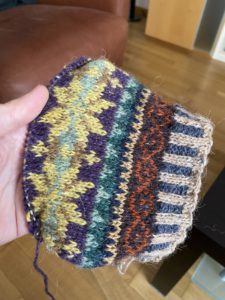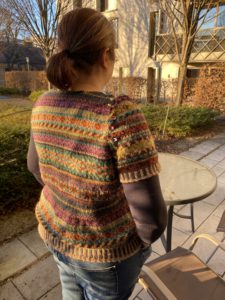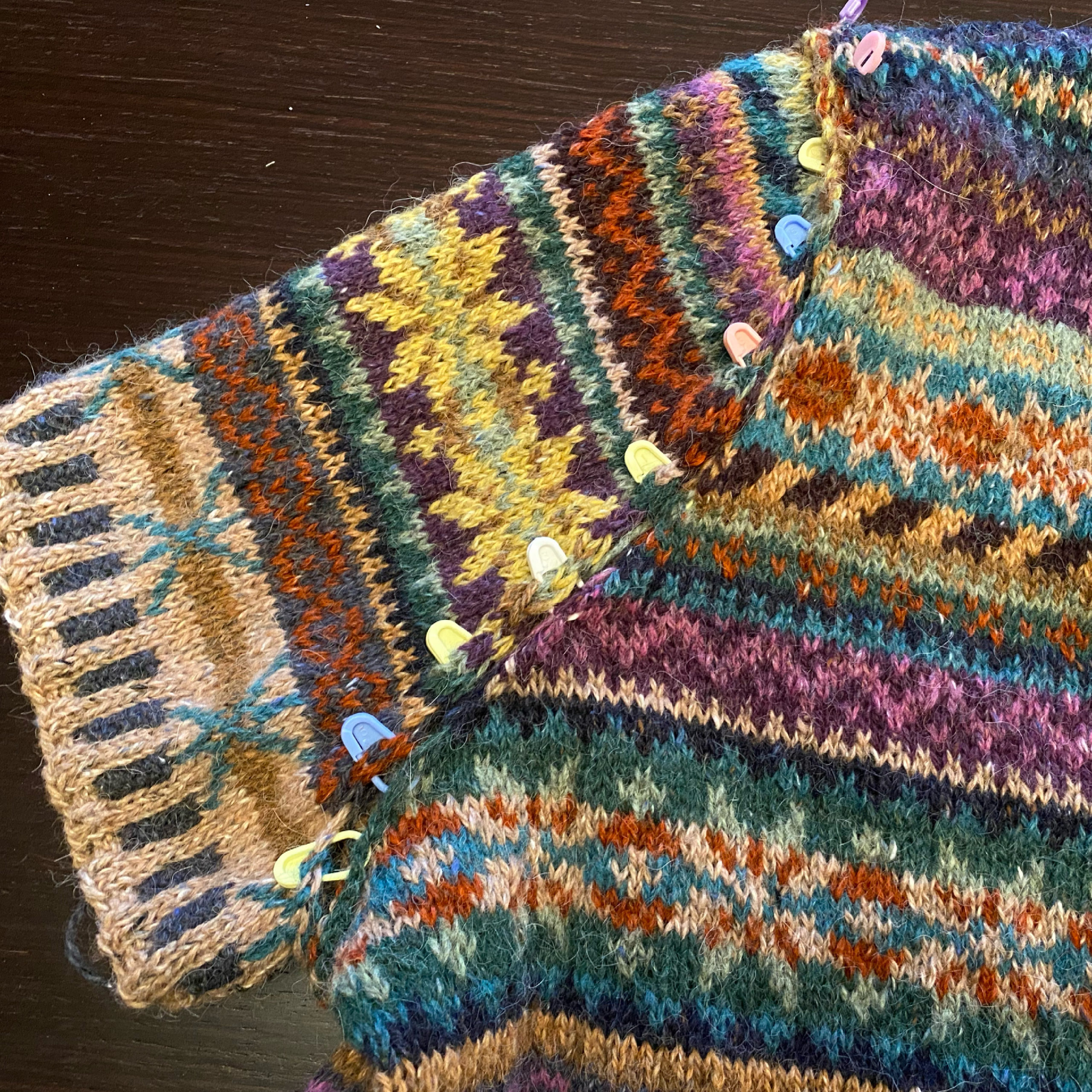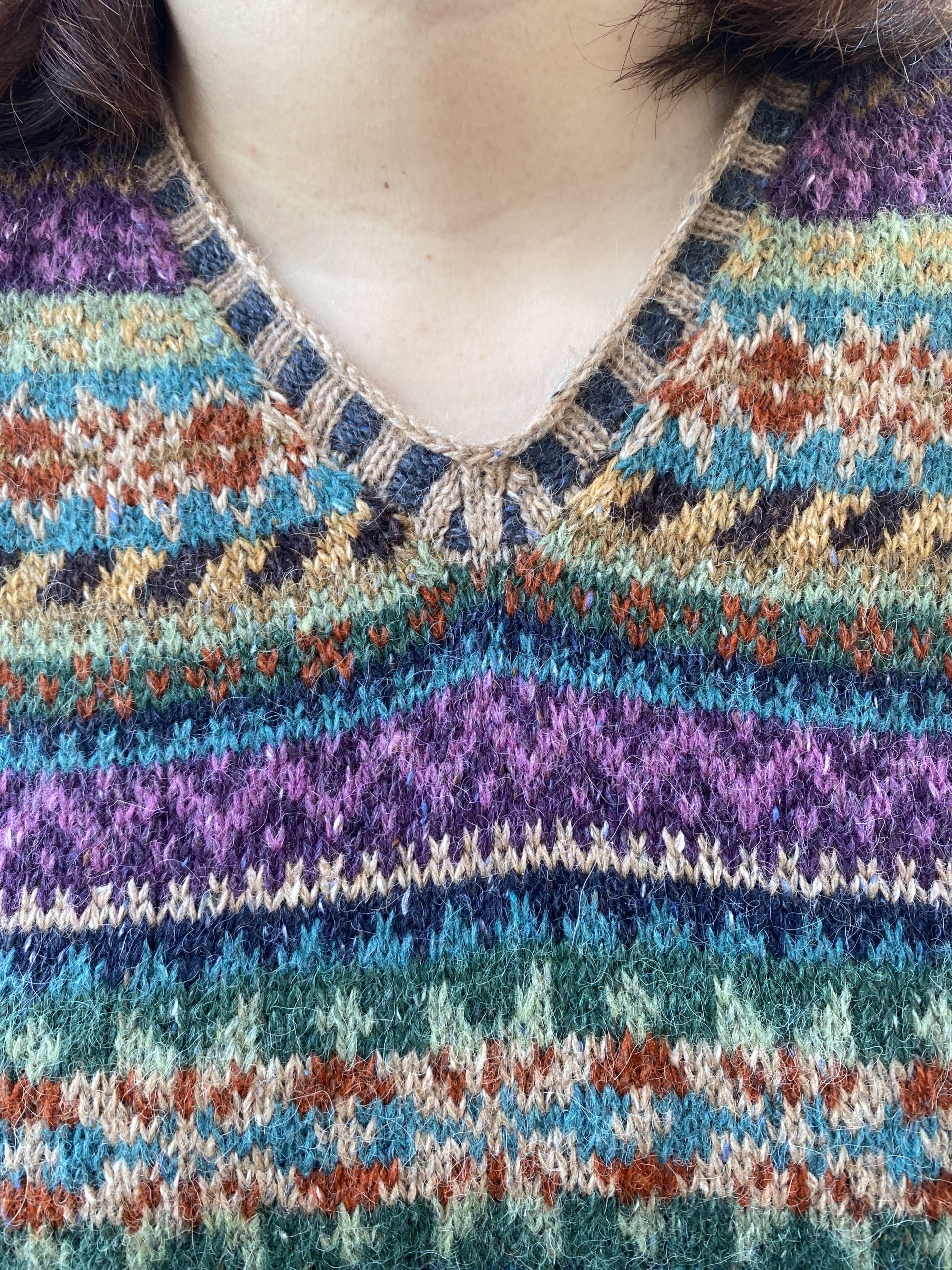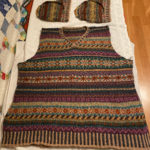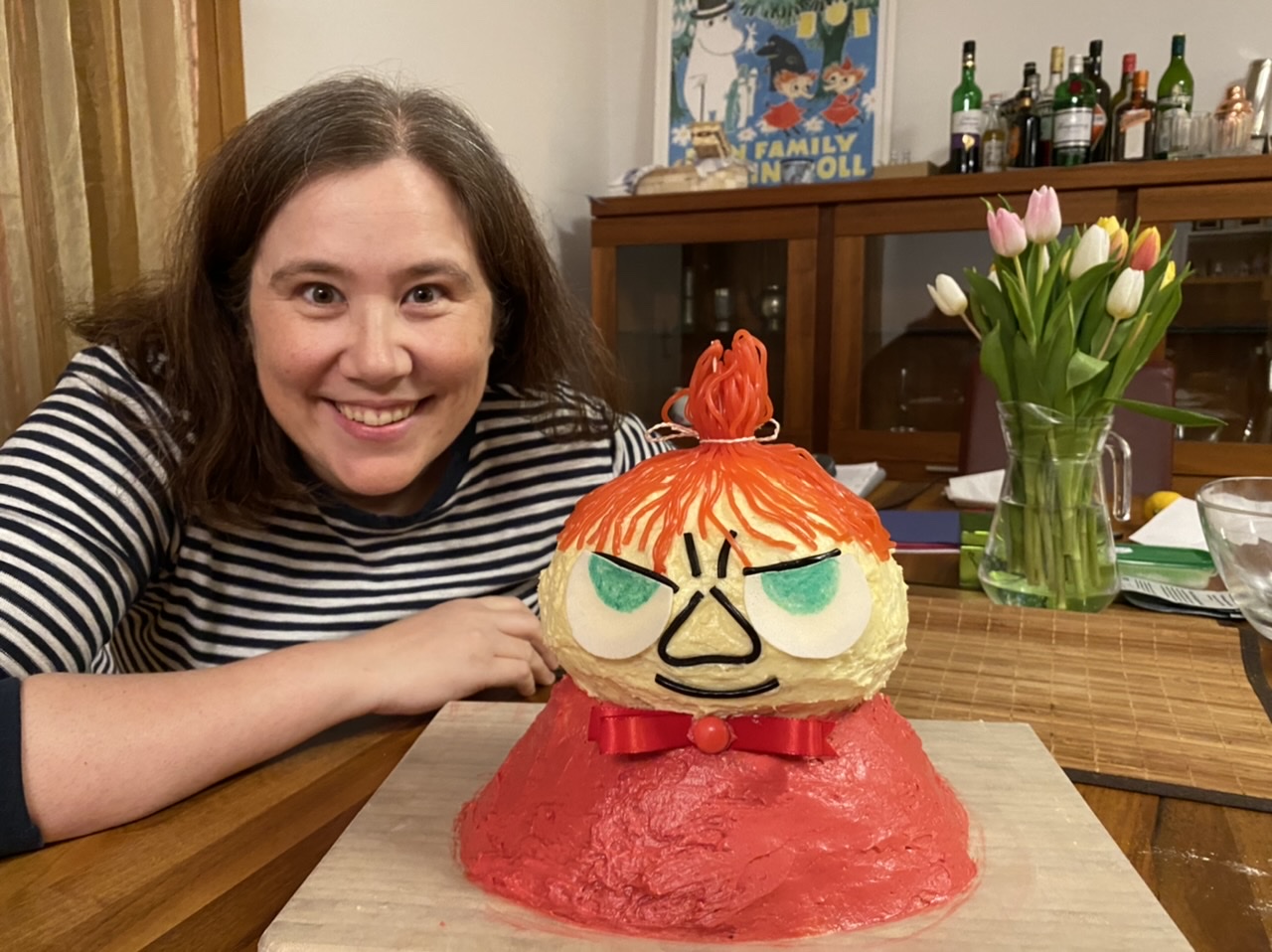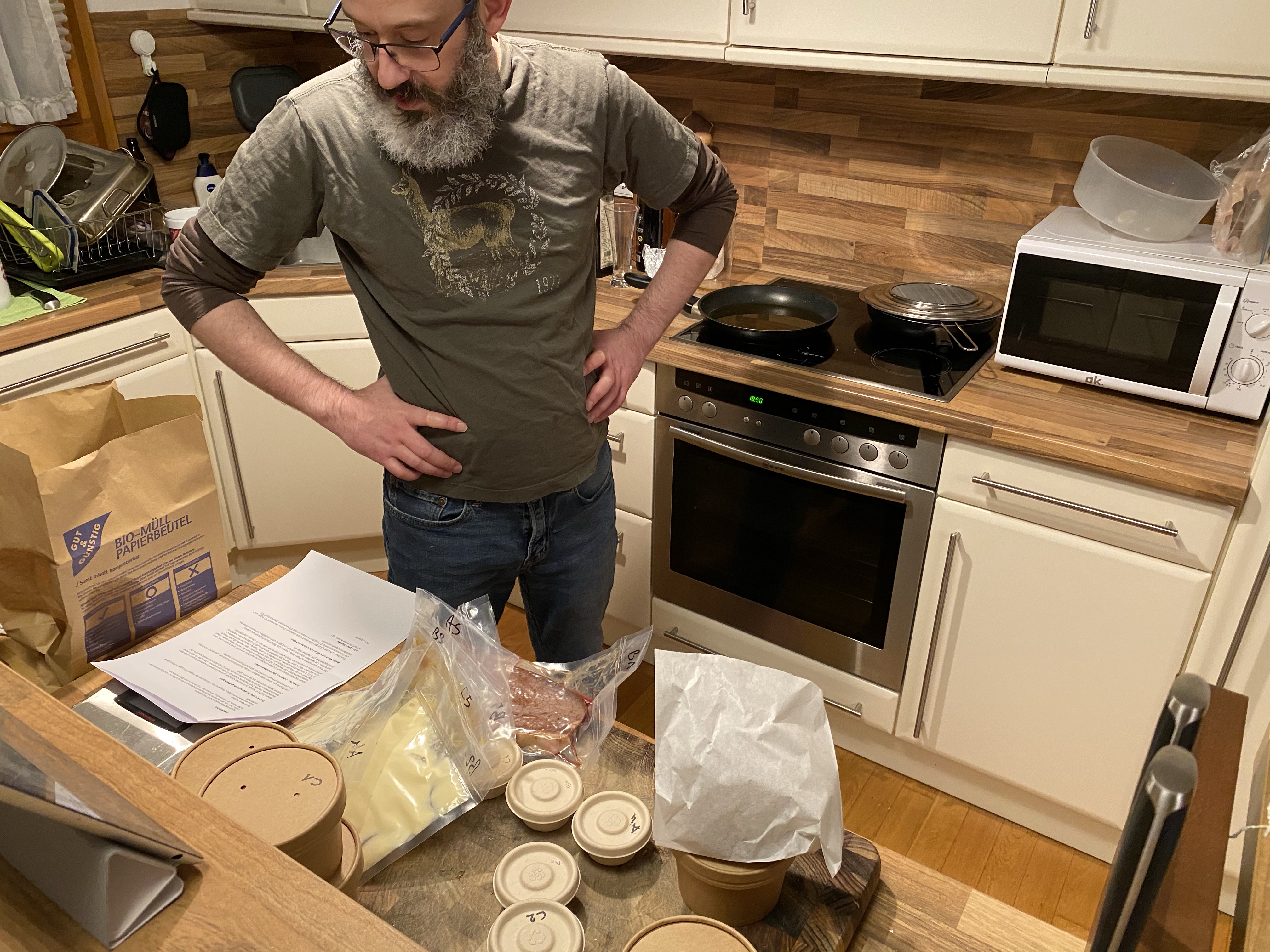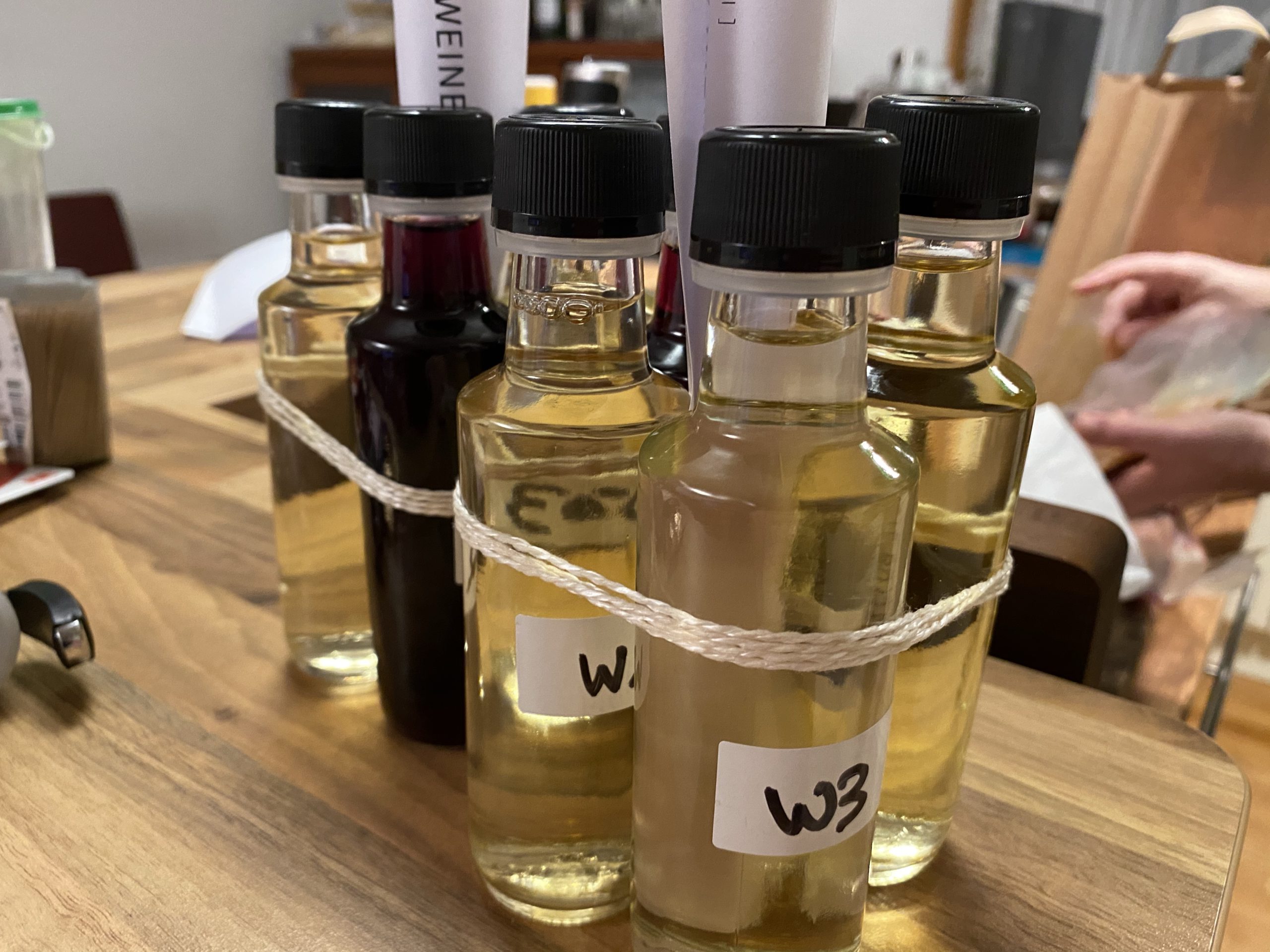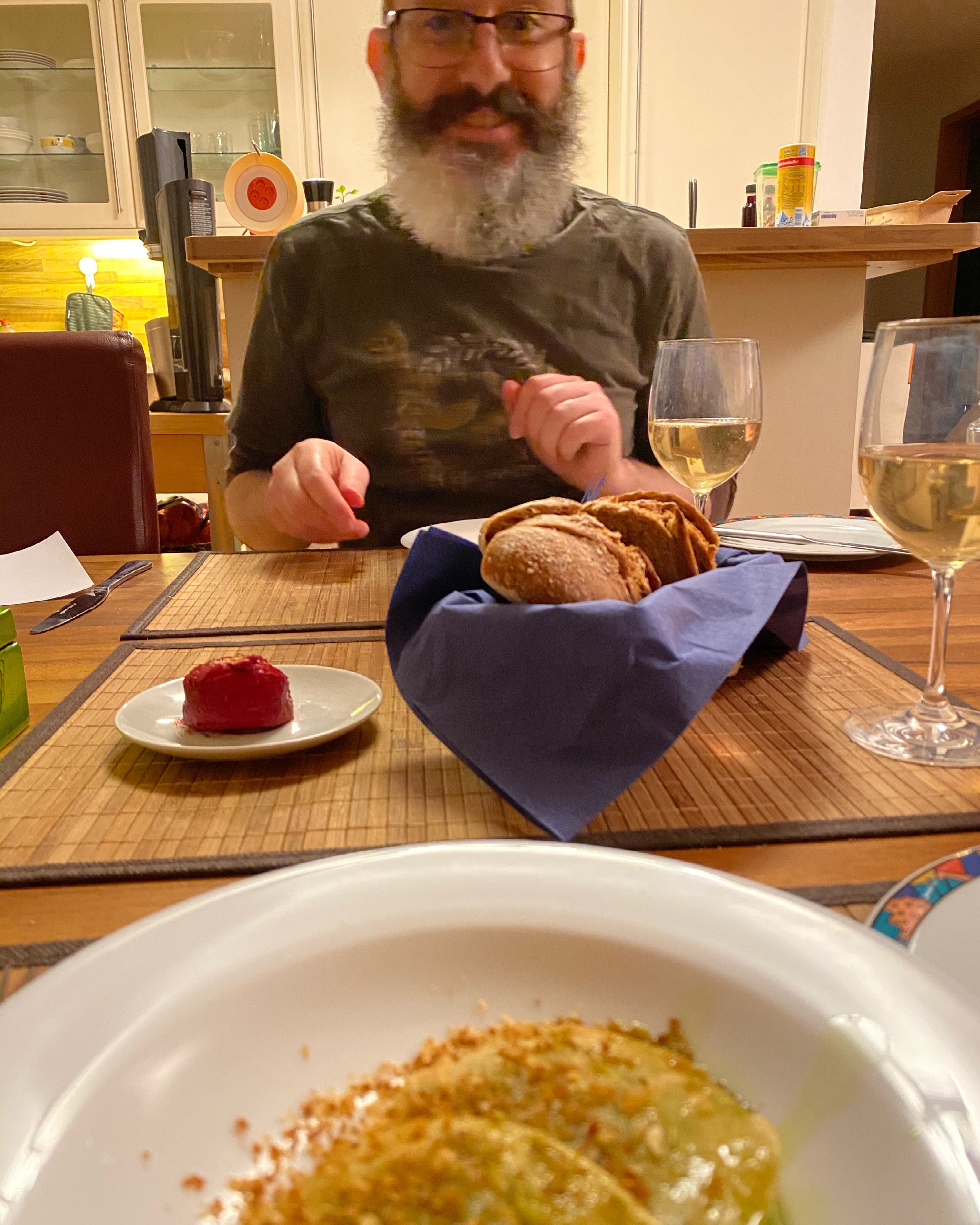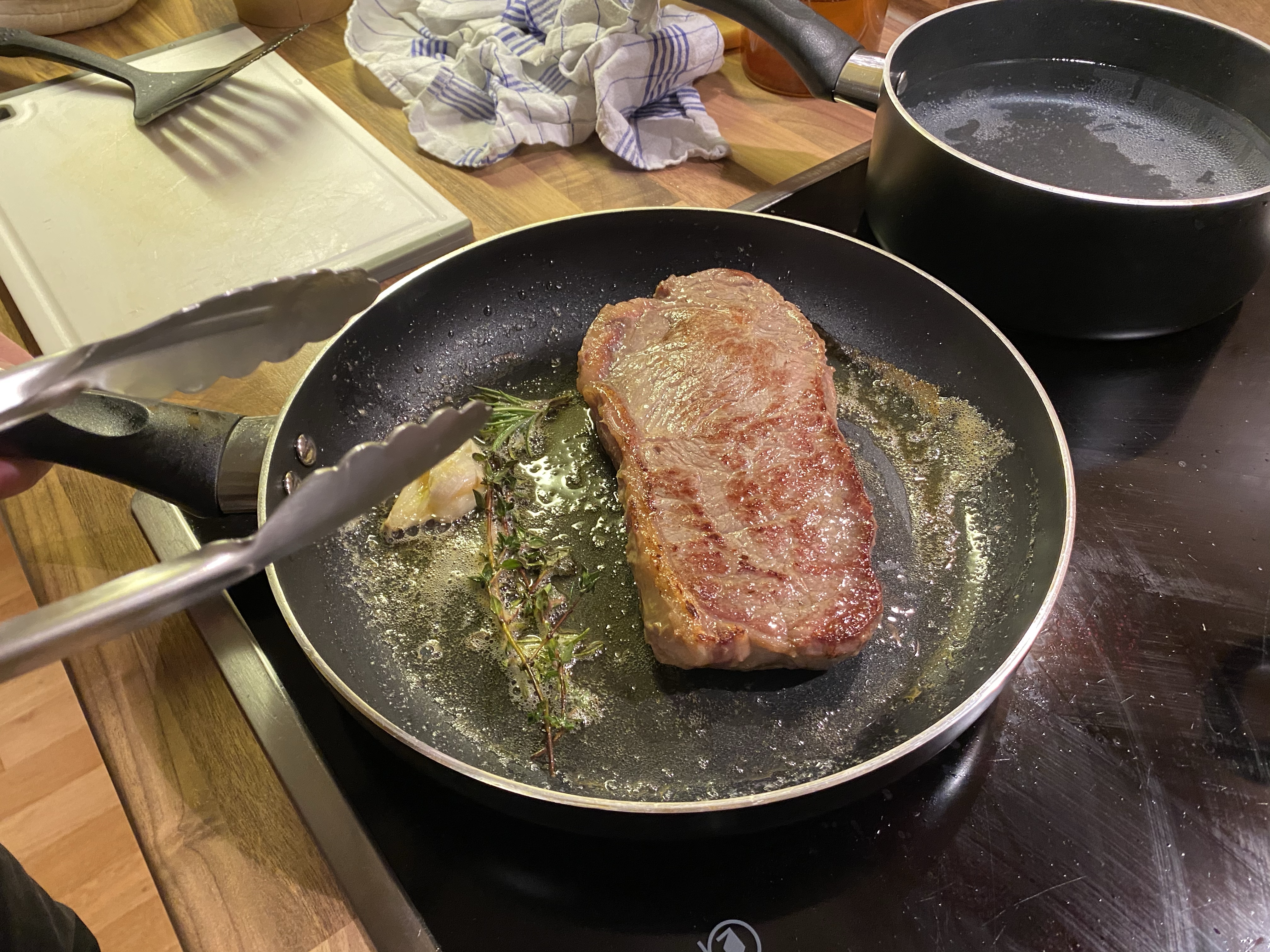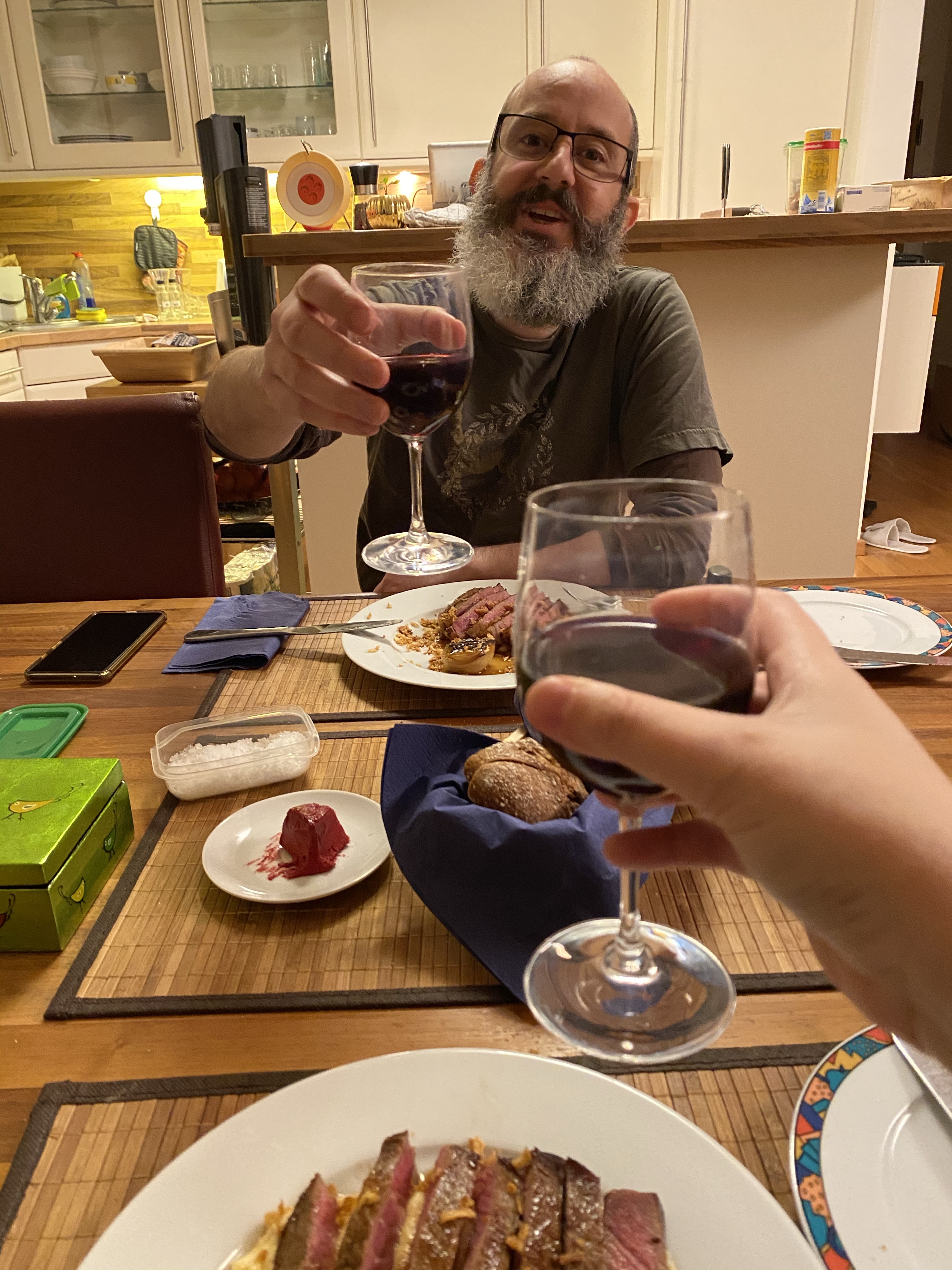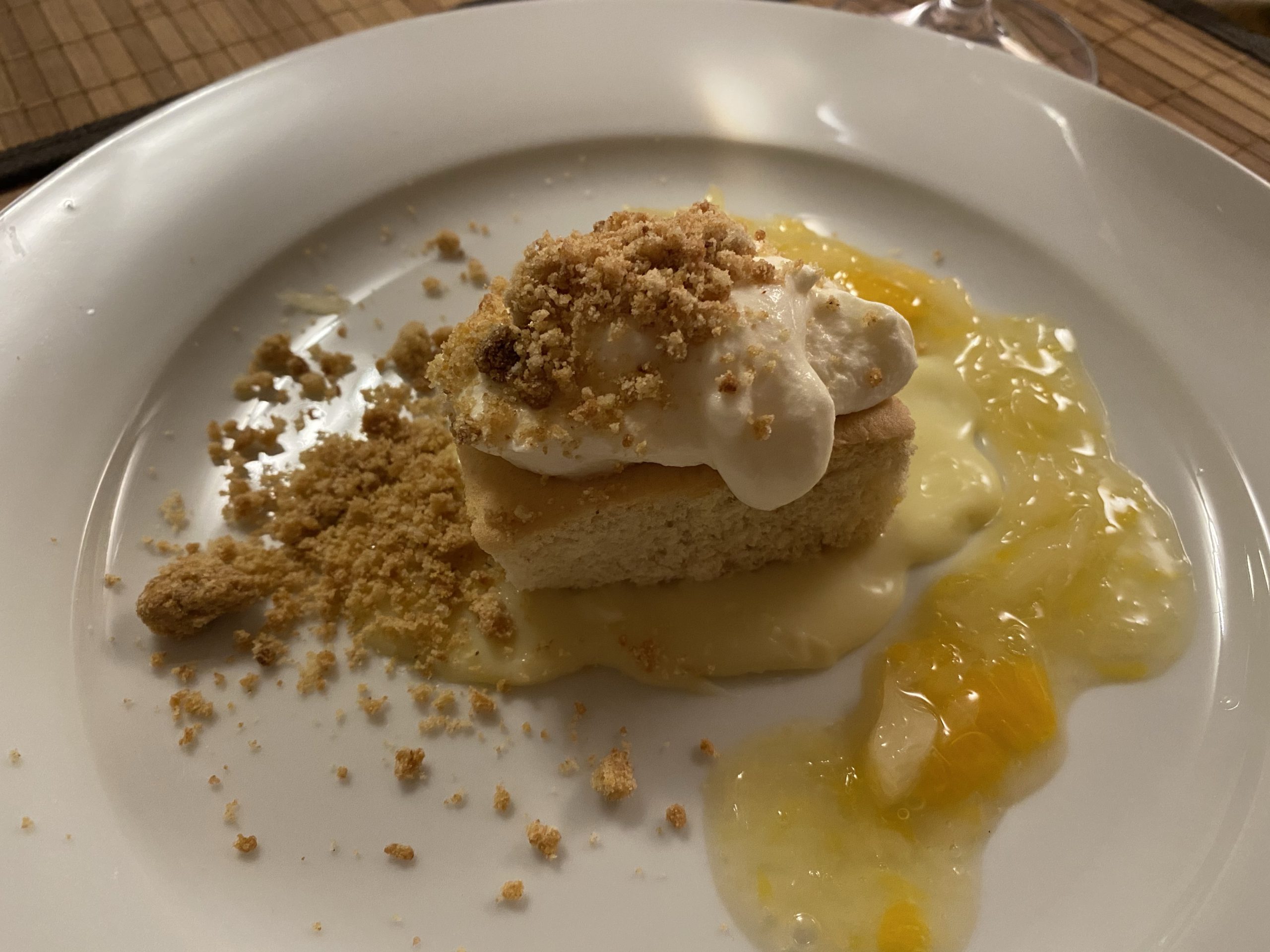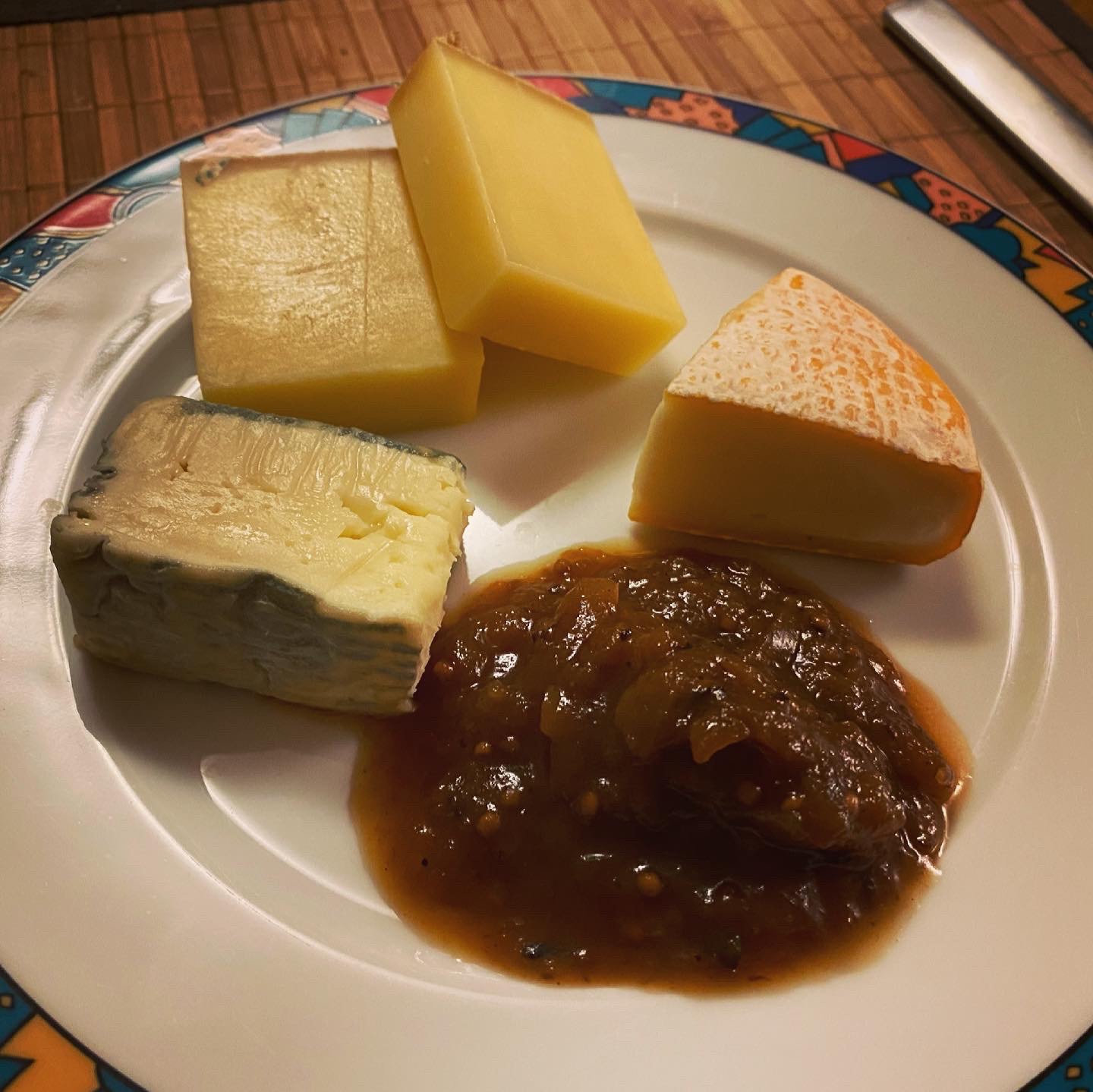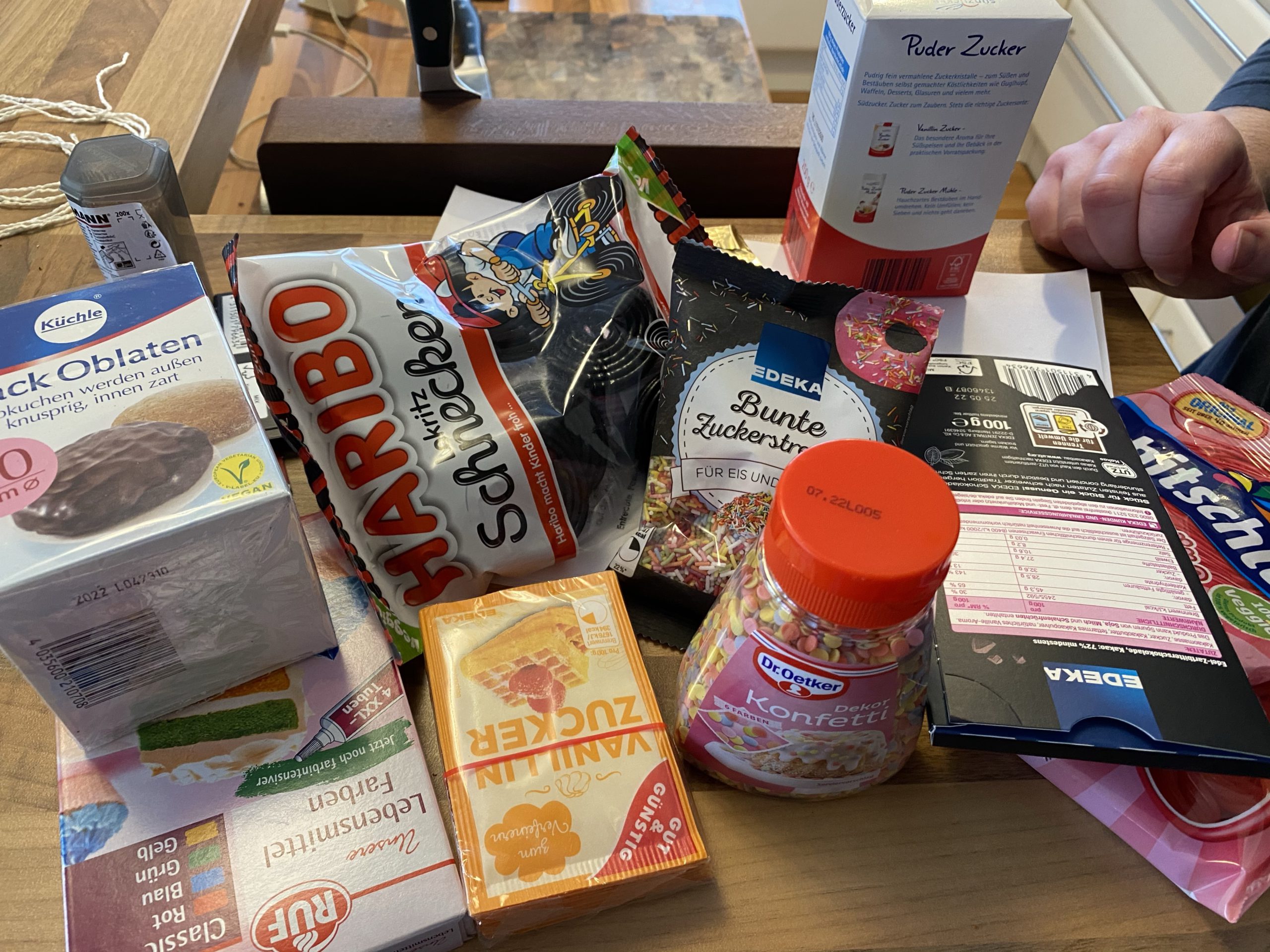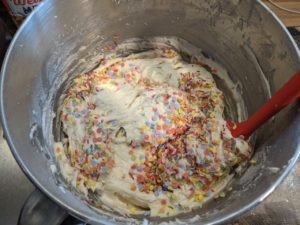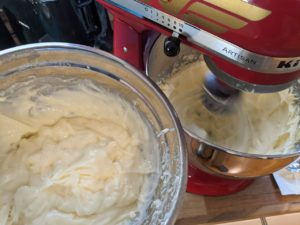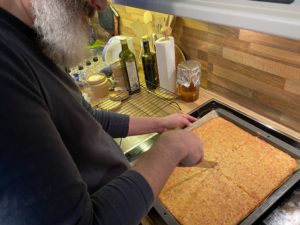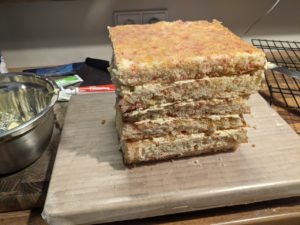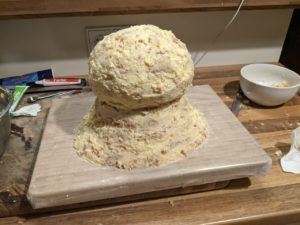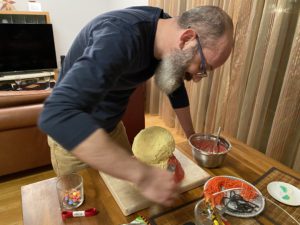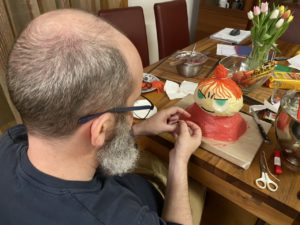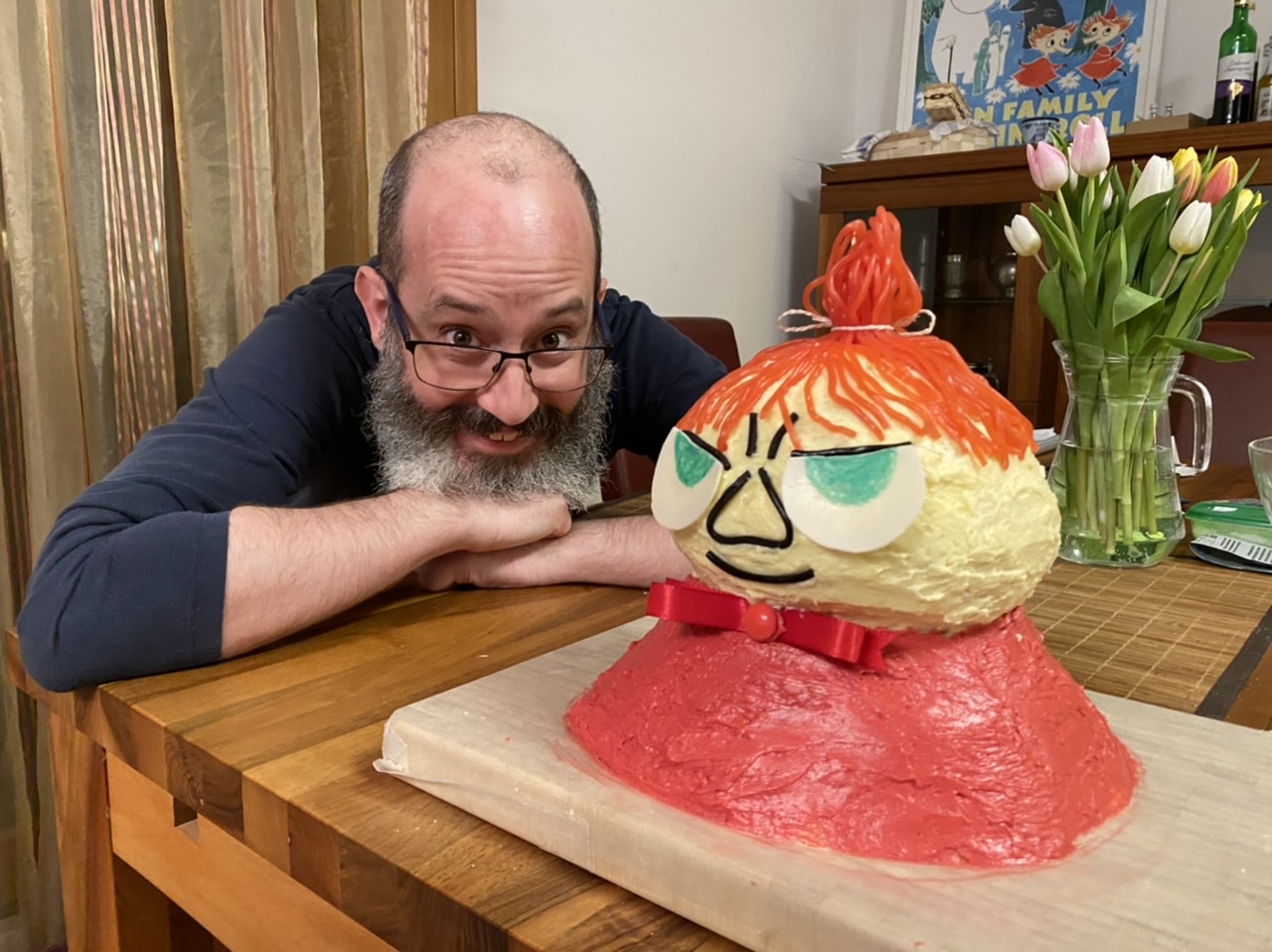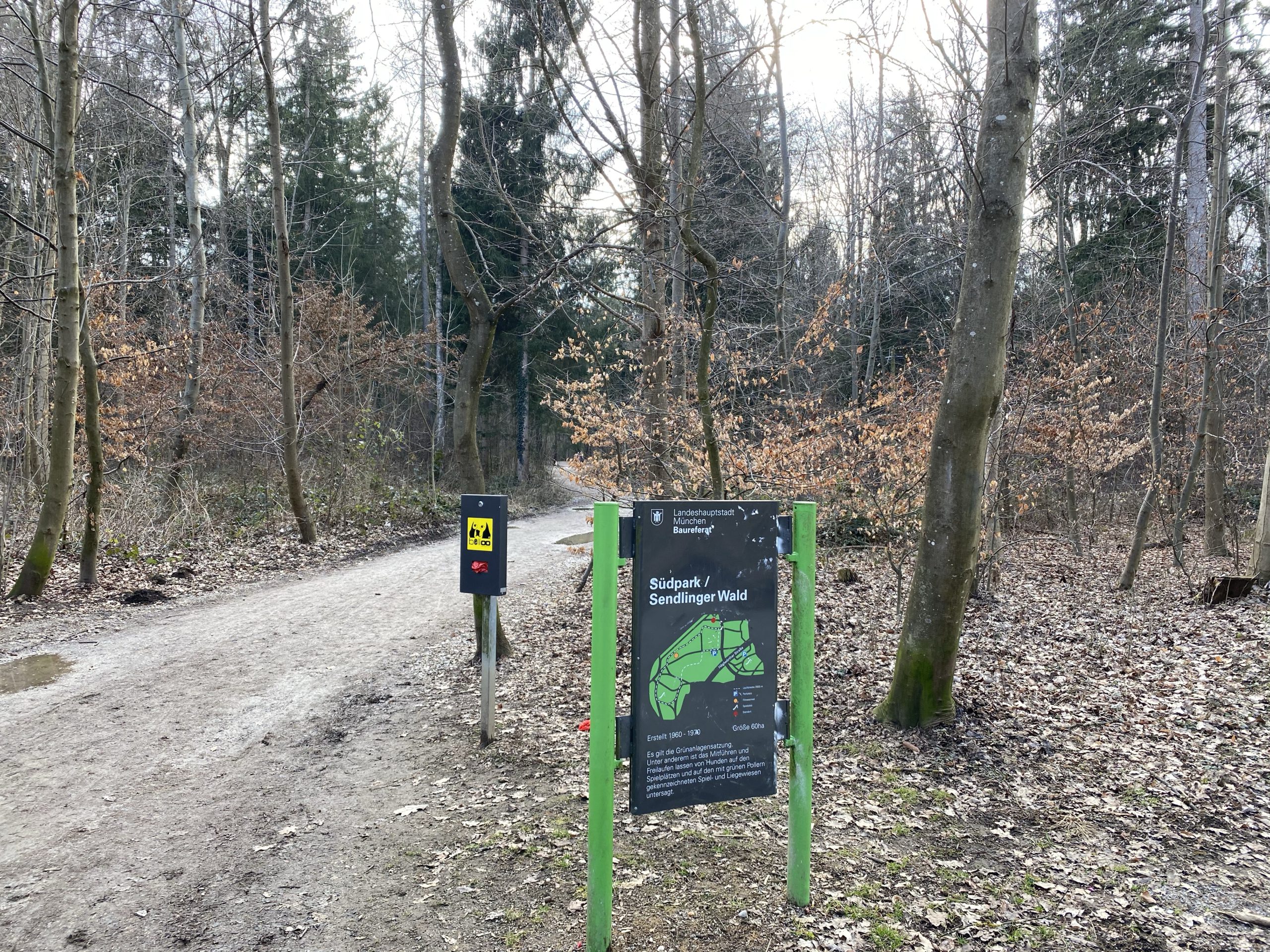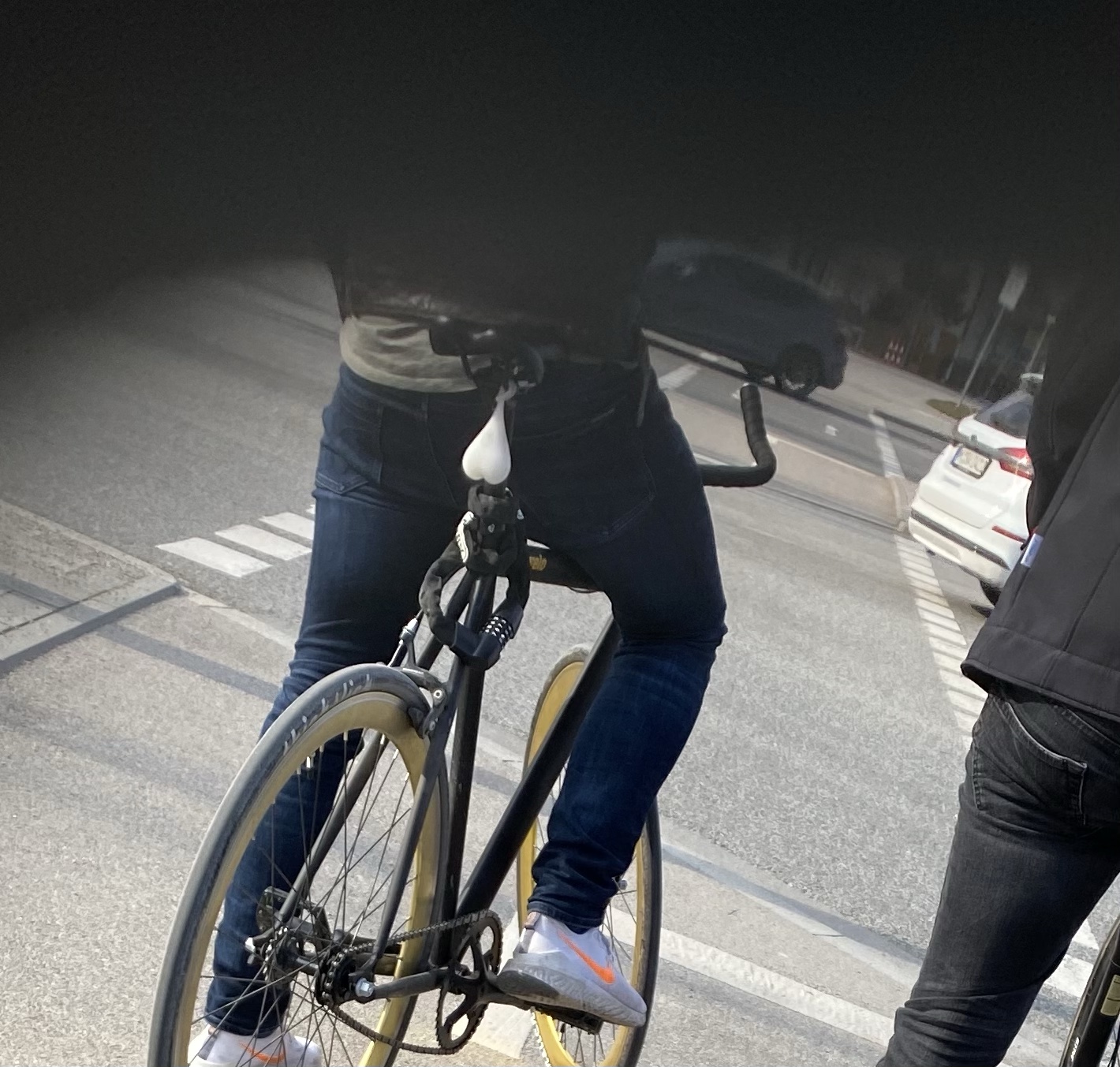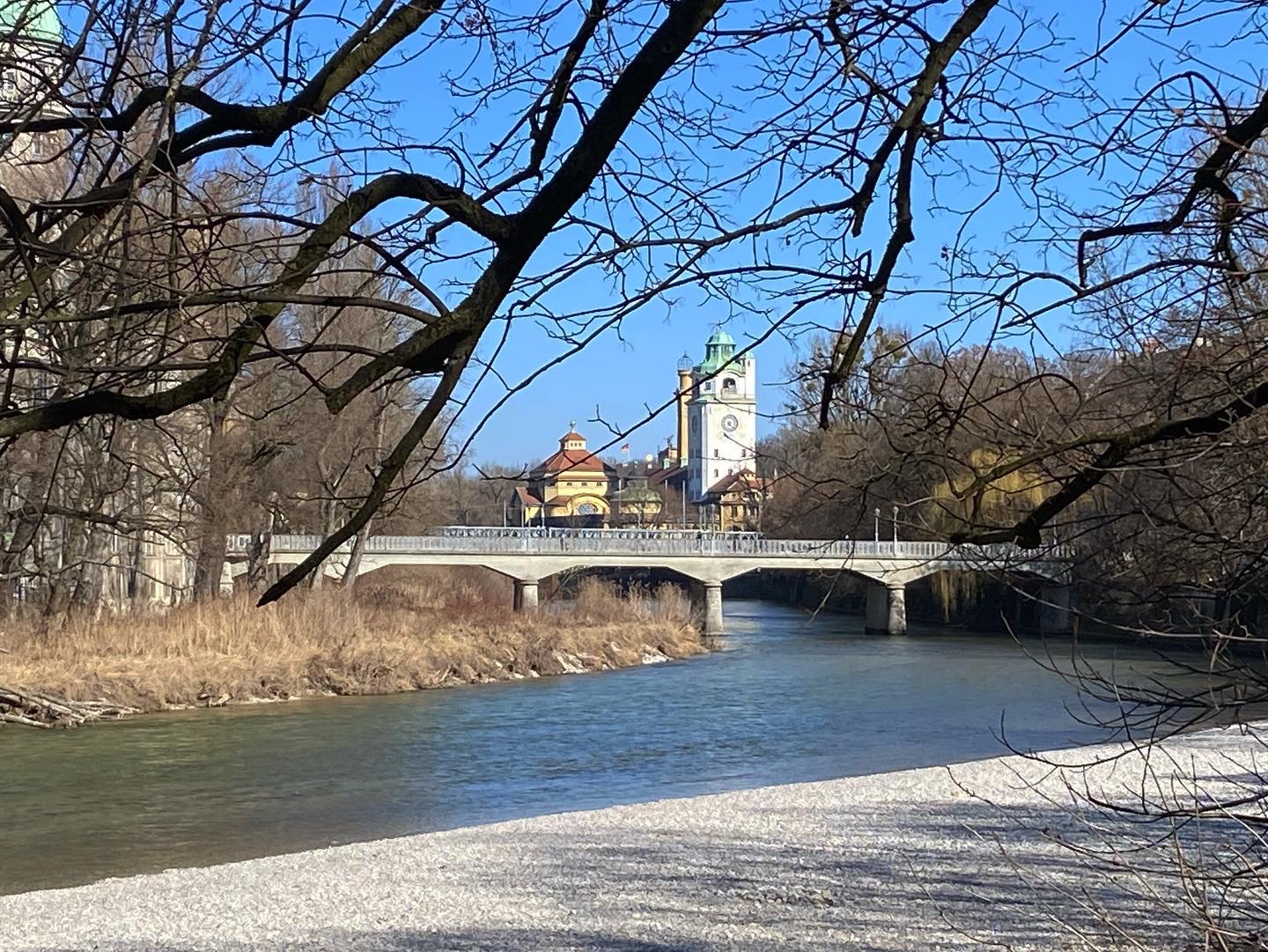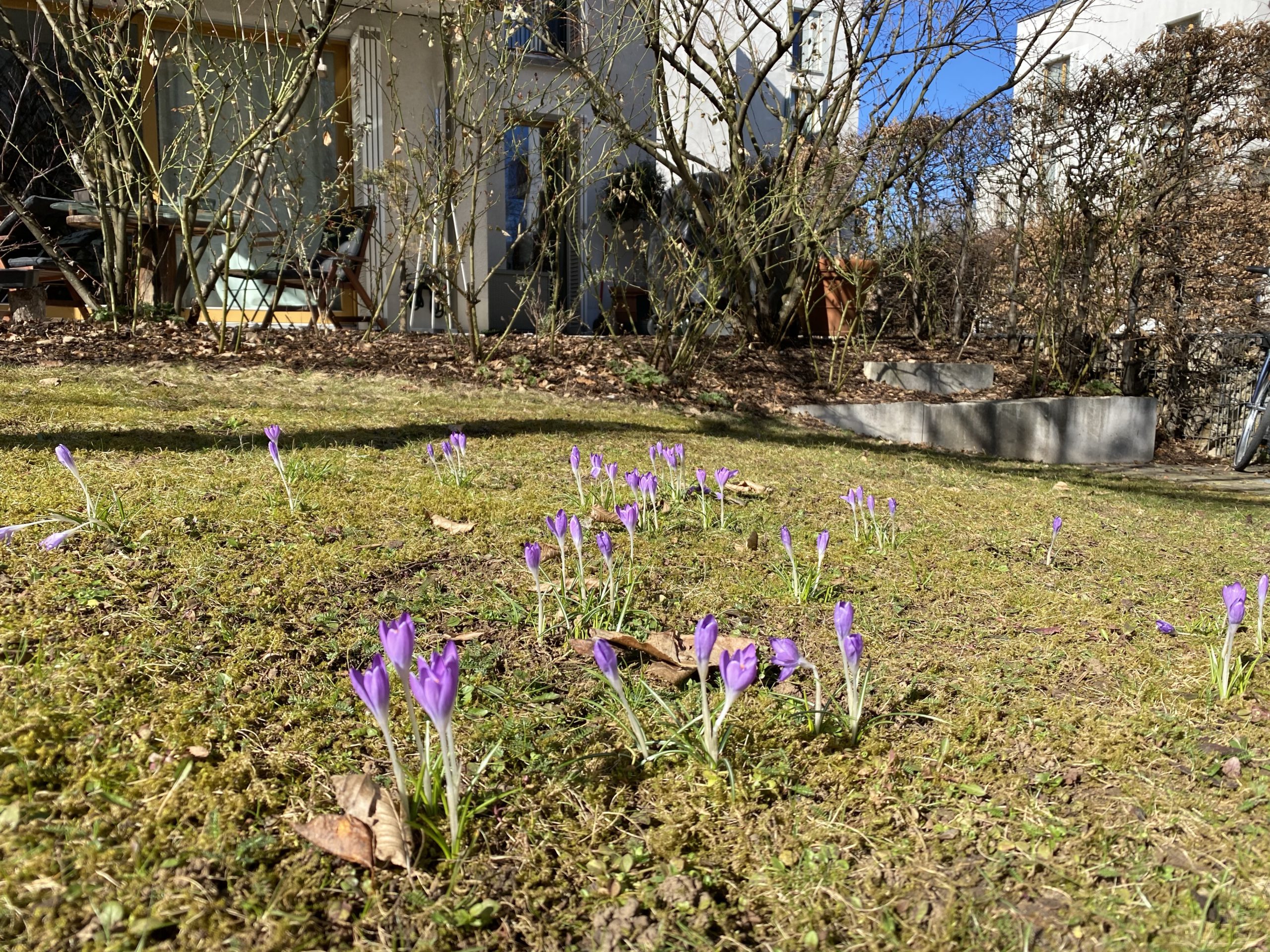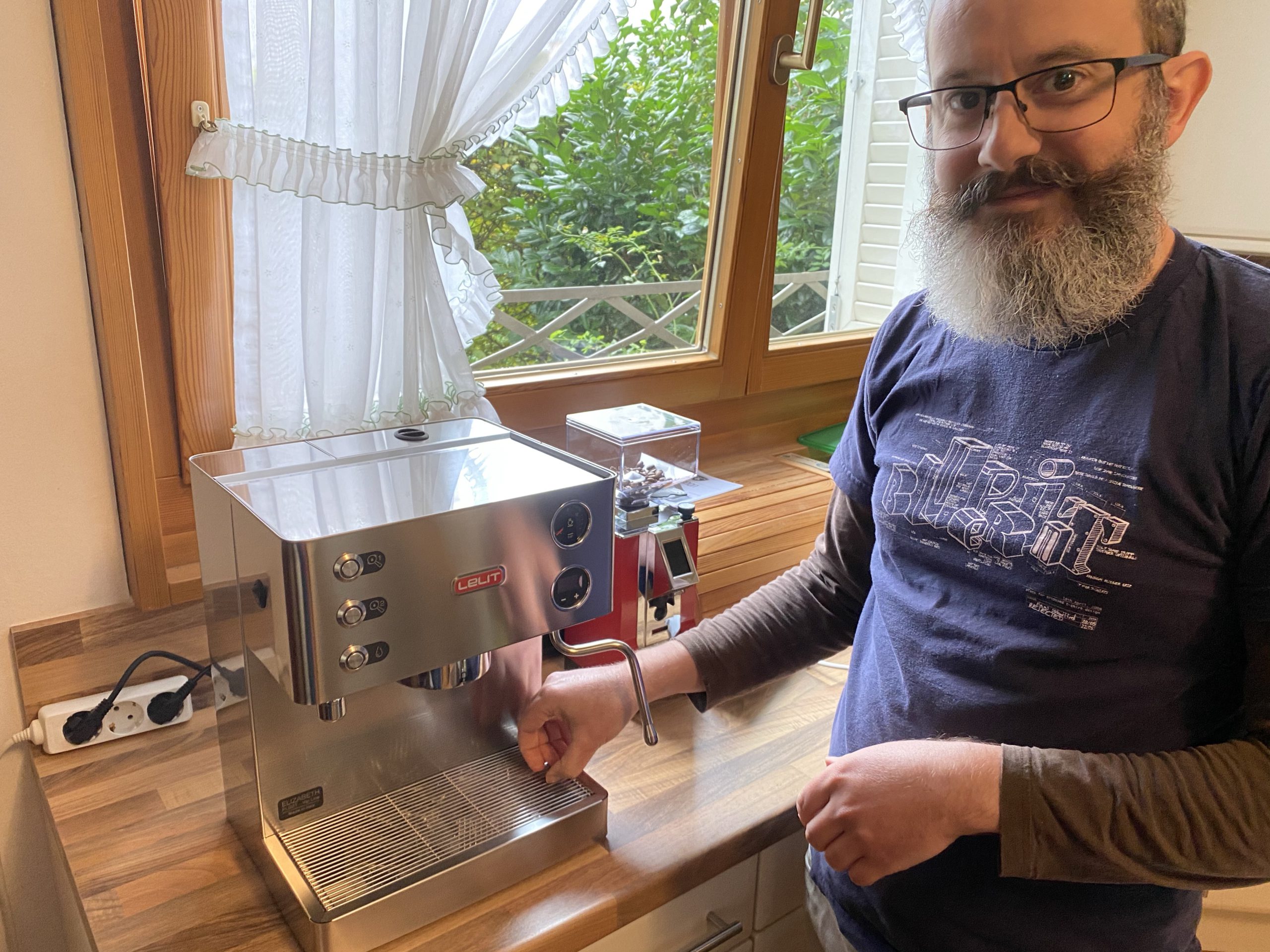I’ve been promising for a while now to get the Snook to write a blog post about his new coffee machine, and I also recently realised that I left coffee out of my cost of living post. So rather than continue to nag him (he hates writing), I decided the easiest thing to do would be to just interview him! We spoke for nearly an hour, and I’ve transcribed the relevant bits below for you. Enjoy…
Okay. You have a lot of different ways of making coffee. Let’s start with the obvious…
We had an espresso machine back in Australia – a Gaggia Classic. I bought it around 2008, and I had it serviced a few times. I had the insides completely replaced at least once because I didn’t descale it properly. And we used that with a Sunbeam Cafe Series conical burr grinder.
So what did you like about those? Why did you pick that combination?
Price, mostly. I had bought a cheaper grinder from Kmart – I remember it had a tagline: “Grinds perfectly from French press to finest Turkish coffee” or something. And I got it, and it couldn’t even grind fine enough for an espresso machine. So I called Customer Support. They said, “Oh, yeah, we know, take it back; we’ll give you your money back.” So I did, and I got the Sunbeam. It was basically the cheapest decent conical burr grinder that you could get.
As for the Gaggia, I got a good deal on that. The main thing I wanted was the commercial size group head, the 58mm basket. I always make double shots. We’d mainly buy beans from Toby’s; occasionally from a few other places like Mecca, or Campos, or Coffee Alchemy. We also bought supermarket beans occasionally, and there are some that are not too bad. The Aldi ones in Australia are quite well regarded; they’re roasted by Veneziano in Melbourne. I tried the Dark Roast and it was a bit too oily, but they had some Medium and some Single Origins that were very decently priced.
But you didn’t bring that machine to Munich…
No. I was thinking about upgrading it anyway, so I figured it was a good time. We’ve passed it on to our friend Rory.
Okay. So we’ll get on to the new espresso machine in a bit. But in addition to the espresso machine, the other method you used most frequently was the AeroPress, right?
Yeah, AeroPress was pretty much the backup if the espresso machine crapped out or needed to go in for a service. Did you buy me the AeroPress?
I feel like your mother did… I’m the one that broke your AeroPress.
Well, you lost a piece. I’d take it to work occasionally, and I think you took it to work a few times, and that’s when you lost a piece. Yeah, AeroPress is great. Mum bought me the Able steel filter disk for it as well, so I didn’t have to buy new paper ones. Yeah, I like that a lot and I brought that with us here; we were using that for a while. It’s light and portable. And it does pretty well with different grinds of coffee; it was doing all right with the supermarket coffee here.
I also bought a very cheap plastic drip cone filter on one of my trips to the US because I needed some decent coffee and I found a place in San Francisco and bought it. You get the filter paper and you pour through that. And I like that one sometimes for different coffees, or if you have a light roast coffee. I feel like it gives a slightly different character of coffee to the espresso, even when you water down the espresso as a long black. The filter makes it a little different. There’s a few different types of the conical filter: there’s flat bottom ones, but I think the one I have is most like a “V60”. I travel with that one because it’s extremely light and basically indestructible. You do have to buy filters for it, but they’re very cheap and pretty much universal. It’s very forgiving of the grind as well. With the filter, if there are a lot of “fines” in there, it doesn’t go into the cup.
Also in Sydney I left behind the moka pots. We had at least two; maybe three. I had a little tiny one-cup one with a spout to take camping but I think I lost that years ago. I also had the small Vev Vigano moka pot, which I used to use quite a bit, an aluminium one. And I also ended up with a large one that was my grandmother’s. My grandfather picked up the habit of drinking coffee in America or Canada and so they always had the stovetop moka pot.
A moka pot is basically a stovetop espresso machine, right?
Sort of. It doesn’t get anywhere near the pressure of an espresso machine; just the pressure required to push the the water up through the coffee. It’s very popular in Italy as a substitute for espresso that you can make at home with cheap equipment. But the problem with that is we got an induction stove. The ones I have are all aluminium, and so they don’t work on induction. They do sell little steel plates so you can use them, and you can get stainless steel pots too. They’re great for camping because they’re fairly robust and self-contained, and they work well over gas flame or a fire. And they don’t require a separate kettle. If you take an AeroPress or a pourover filter, you still have to carry a kettle.
We also had a French press which we rarely used…
I’ve never been a fan of French press. I don’t know if I’m doing it wrong, but I always end up with too much mud in my cup. There’s this guy on YouTube, James Hoffman, all the Redditors love him. He’s the guru of modern home coffee making. And he has a special technique for the French press where you don’t press it. Pressing forces the grinds through the filter, whereas if you just let the water flow there’s less pressure against the sieve and it’s less likely to leak coffee grinds into the cup. He also brews for a very long time, I think. It’s nice, I think, for like an after dinner coffee, when you bring it to the table for a group. It’s also another one that’s useful for travel, like if you’ve got a place where there’s hot water, like a Zip Tap or something like that, and you’ve got a group of people, it’s easy to make a big pot. With AeroPress, it only makes a couple of cups at a time.
All right, so we came Germany, and we needed to buy a machine…
Yeah, so we were using the pourover and the AeroPress for a while, but I wanted to buy a new espresso machine.
Why not a pod machine? Everybody’s got the coffee pods now. I think you have a problem with the pod machines, right?
I have a list of problems with the pod machines. Firstly, the wastefulness of the packaging. I think some of them are starting to address this with, like, biodegradable capsules. I’ve also seen little mesh K-cups that you can refill with your own coffee, but I haven’t seen anything like that for Nespresso. A lot of them are proprietary. There is a generic style that you can get from different brands, but I’m pretty sure that at least one of the manufacturers got in trouble for producing a version of their machine that was DRMed so you couldn’t use a third party or reusable cup in it.
Another thing that’s wrong with them – not enough coffee. I think the most any of them have in them is about 7 grams, whereas I use 18g, and your average cafe is going to use 18-20g. So to get a decent cup of coffee you’ve got to use two of them anyway, which makes them obscenely expensive per cup compared to supermarket ground coffee. Also, with those machines if you ask for the “long coffee,” all they can do is push more water through the coffee which overextracts and tastes bad. If I have to use one, I use the smallest setting possible and then top up with hot water separately.
What about the coffee itself? The freshness of it?
I think that’s the one thing they got right. By single dosing and sealing in with nitrogen, you do keep the freshness of the coffee better than other methods. It’s certainly better than having a jar of pre-ground coffee in your cupboard that you spoon out into your machine every day, which gets stale the day after you open it.
What’s that little rubric you used to tell me about coffee beans?
Green coffee beans are good for three years. Roasted coffee beans are good for three weeks. Ground coffee is good for three minutes. And an espresso shot should be drunk in 30 seconds.
For the new machine and grinder – how much research did you do? Did you know ahead of time that’s what you wanted?
I did a bit of research and knew what features I wanted. The r/espresso subreddit has a spreadsheet that basically lists all of the more popular machines by what features they have. I went with the simpler end of what I wanted.
The things that I was missing from the Gaggia that I particularly wanted were: PID temperature control. So instead of just a simple thermostat, it’s predictive. It basically means that thing predicts that, “Oh, the temperature is dropping. I’m going to have to turn on my heating element now to make sure it doesn’t drop below the threshold.” So not like a bang-bang thermostat. It’s slightly cleverer, and it holds a more steady temperature.
Also, the Gaggia Classic is notorious for having quite a small boiler. And the temperature would fluctuate, and so people do things like “temperature surfing” when you turn on the steam function which boosts the temperature up, and then turn it off and wait, to try to trick it into keeping a consistent temperature. And the main point of that is mostly about consistency, especially if you’re making two coffees in a row, that they come out the same. And I was noticing that with the old one – I’d make our coffees in that morning, and I’d do yours first and then do mine, with the same grind and everything, but they would pour very differently. So I wanted that temperature control.
And the other thing is a pressure gauge. The standard for espresso is nine bar (nine atmospheres of pressure). Having a pressure gauge lets you know that the machine is right, and that your grind is right, because the pressure will go higher if you choke up the machine. The way these machines work is they have a pump which can produce a certain pressure at a certain flow rate. Then they have a valve – and the Gaggia Classic has this, and I did try to twiddle mine but without a gauge it’s very hard to get right – and once the pressure goes above a certain amount, it actually starts to bleed off pressure by bleeding water off back into the reservoir. So it caps out the pressure, which is a safety feature to keep it from blowing out somewhere. But if you don’t put enough coffee, or you grind it too coarsely, it can’t build up enough pressure and the water just flows through the coffee. And so if your gauge needle doesn’t go high enough, you know you’re not doing it right. You can use that to spot problems with the grind. Sometimes the water will channel through the puck, and you’ll see the needle drop suddenly. It’s just another input that you can watch.
So those were the two features that I particularly wanted. There’s a few other considerations, like whether you have a boiler or a heat exchanger. And there are a few things that I ruled out. You can get home machines that have a built-in grinder. I’m not a fan. It saves some space perhaps, but the problem with anything where you’ve integrated two functions is, what happens if part of it breaks, or you want to upgrade part of it?
What about a milk frother?
They all come with a milk frother (or steam wand) these days. There’s basically a couple ways of doing it. The Gaggia Classic, as well as the first one that I considered, the Lilet Victoria, are single boiler. They have a water tank which goes into the boiler, which gets to a certain temperature. And they have a switch which you can flip and it goes from the coffee brewing temperature (which is a little below boiling) to the steam making temperature (which is above boiling, because you need to get pressure of steam). So you can’t do both at the same time. If you want to switch backwards and forwards, you have to wait. The other way to do it is with a second boiler, but we don’t really drink steam milk coffees, so I didn’t initially consider it. That wasn’t really a feature that I was particularly looking for, to have two boilers.
There is a third way, which is for machines with a heat exchanger, where they don’t actually store a reservoir of water. They just have a block that heats to a certain temperature and then you run the water through it. You still have to switch those between the two modes, but they are much quicker because you don’t have the water. There’s a few machines like this – Lilet make one called the Mara X; it’s very fancy and retro-looking with all the knobs. I prefer the midcentury styling of the Lilet Victoria that the Gaggia Classic has as well. It’s brushed stainless steel; it’s fairly smooth on the outside; it fits in a cubic footprint without pipes hanging off the sides; it doesn’t have knobs to turn. I’m not a huge fan of the look of the machines with all the bits hanging off them.
So I was looking at the Lilets and the Victoria, and I made a post on Reddit asking what people thought about it, and I did some more reading. One thing I found was, they have an option for pre-infusion, which is where it gives a little bit of water into the coffee before it really engages the pump and makes the drink. Again, it’s mostly about consistency. It lets the coffee get evenly wet, so when you turn on the pressure it’s less likely to channel through or not fully extract the coffee. Some machines – the E61 Group Head ones – do this with a lever; you can let some water in and engage the pump. It’s very traditional to have pre-infusing with espresso, and the very first machines would kind of do it automatically. The single boiler Victoria uses the pump to do this, and I saw some videos showing that the pressure would jump right up to the full 8-9 bar and then drop down, and people were kind of worried that this would create a suction effect that could mess up the surface of your coffee puck. Whereas the two boiler machines use the steam pressure, which is about about 4 bar, to push a little bit of water from the steam boiler into the coffee, and then switches over to the coffee boiler to finish the job. And these Lilet machines have a microcontroller in them so you can set the temperature, the pre-infusion time, and other parameters. So you have a lot of control, and I thought that might be fun to fiddle around with.
The other feature of the double boiler sort that kind of sold me on it was that it has a hot water dispenser, like the machines in cafes. We drink a lot of long blacks – that’s my favourite – and it means you don’t have to boil the kettle separately. Here in Munich the water is very hard, and so the kettle chalks up very easily. And so you can feed demineralised water into the coffee machine, and only have to worry about that in one place. That sold me on getting a double boiler model.
So which one did we get?
The Lilet Elizabeth. The style is nice – it’s got clean lines. It has some upsides and downsides. One thing that I like that it has over the Victoria is auto shut-off. They both have a timer to time a shot. But on the cheaper one, it’s just a countdown. You have to turn it off. On this one, if I set it to 30 seconds, it will turn off after 30 seconds. Once it’s dialled in, I can put the cup, hit it, and then walk away and finish making my breakfast. I’m lazy and I like automation, so I’m a big fan of that feature.
Another thing – it’s a cute gimmick, but the group handle is designed in such a way that when you sit it down on the table, it’s flat. Most of them have prongs, and the handle comes out the side, so if you sit it on the table, it’ll tilt backwards. And when you want to tamp it to get it straight, you’ve got to use a holder or hold it straight. But on this one the handle kind of slopes away a little bit as well, so if you just put it on the table flat, you can tamp straight down and know it’s not going to be uneven. Like I said, it’s a cute gimmick, but I like it.
The microprocessor controls are very good, and the coffee that it makes is very nice. So I’m very happy with the Elizabeth so far.
You mentioned the hard water here. How do you handle that?
The machine came with an ion-exchange cartridge that you can put into the reservoir and attach to the end of the hose, and it just sucks through that. You can get replacements of those; I think with our water here the cartridge would do about 35 liters before you have to change it, maybe even less. And they’re not cheap. Someone pointed out that Brita filters in Germany, and Europe anyway, in hard water areas, they sell one that does de-ionising. The ones you normally get in Australia I don’t think do. But the Brita MAXTRA+ ones you get here can demineralise like 100L of water and it’s much cheaper per liter than the built in one. So we do that. People here have told me they use the Brita filtered water in theirs and they’ve never had to descale it!
You got a new grinder too. What did you get there?
The old Sunbeam grinder was a conical burr grinder. A burr grinder is basically a mill that has two pieces that are held a certain distance apart which you can adjust. You can get conical burr and flat burr. Flat burrs are bigger so tends to be more commercial use; most home ones are conical because you get more grinding surface in less space. One thing I didn’t like about the old one was that it retained a lot of coffee. So the beans come into the cone, and then they had to go out to the side, and a lot of them would get caught up along the way, and so you’d have to whack the machine to get the coffee to come out. Obviously it also keeps a lot of stale crap in there from the day before. It also generated a lot of static electricity and the coffee would often fly around all over the kitchen. And it was getting old – the hopper didn’t come off any more without spilling beans. It also wasn’t super adjustable, like it was getting to the point where between two clicks it would be too coarse or too fine. It had about 20 “steps”. It wasn’t a bad grinder; it had these little shims or washers if you disassembled it where you could adjust the static offset so that the steps would cover a different range. It served us well for many years.
There are a few trends in espresso grinders at the moment. There’s one that’s very, very popular at the moment called the Niche Zero. It’s this ugly looking alien thing, but it’s supposed to be very good, and the price is not too bad as far as fancy grinders go. It’s set up for only single dosing. You weigh the beans for one cup and grind all of them. It doesn’t have a hopper. A lot of people like this because it means you can know how much coffee is going in and out; and you can try different types of coffee very easily from day to day, or between morning and afternoon, or if different people have different tastes or one wants decaf. But the Niche Zero only has the single dosing; you can’t put a hopper on it. And I thought the idea of having to weigh out the beans every time might get a little tedious. So I was looking for something that could do automated dosing.
The other one I looked at was the Baratza Sette, which contrary to what the name might suggest, is an American grinder. It’s called “sette” because the body is kind of a “7” shape. The hopper sits on the top of the seven and it basically grinds straight through to the void underneath. The idea there is that because the coffee goes straight through instead of going out to the side, it retains very little. Everything falls through. It’s also very fast; it has a larger burr, so it can grind your 18g of coffee in just a few seconds. I heard though that it’s also extremely loud. It’s fast, but because the burr is kind of out of the open, it’s very loud. It does have some fancy features; one of the models has some computer-controlled machine learning based weighing mechanism where you tell it how many grams you want and it learns how long to grind to get to that exact weight. Which is very fancy, but you pay a lot for the privilege. It is very adjustable; there’s one that has 270 steps(!). It has 30 clicks and then each one has, like, nine subranges for very fine adjustment. I was very keen on that one, but then I was asking around on Reddit and someone suggested the one that I ended up buying, which was the Eureka Mignon Specialita.
Eureka is an Italian brand and they make several different types of grinders. They’re pretty traditional – hopper on the top, goes through a conical burr, coffee shoots out the front. It’s what’s called a “stepless,” so there aren’t clicks. There’s a little screw you can adjust as much or as little as you like. It’s quiet, as much as a grinder can be. It’s also remarkably fast. The 18g shot I do takes about 10 seconds with the coffee that I have at the moment, which is pretty good. It also has a nice holder for the portafilter (the basket on the handle). You can put it in and it’ll just stay there and it’ll grind straight into that. It’s a very solid traditional style of grinder, but cubical, like a square prism, a bit modern. It comes in fun colours so I got a red one to match our kitchen back in Australia.
The machine has timer based dosing, with two presets and a free running mode. (The espresso machine has two presets as well you can program.) So far I’ve found it works pretty well. It does what it says. However, it’s pretty limited to making espresso. I think you can get a little container to catch the grind, but it doesn’t come with one. They expect you to grind straight into the basket. Also, because of the way the stepless adjustment works – the screw will rotate multiple times, and it’s got numbers 0 to 10, but you might need to turn multiple times to get between settings – so switching backwards and forwards between two settings is kind of difficult, to remember how many times you’ve turned it. So once you’ve got it dialled in, you don’t want to adjust it too much.
I’ve been pleasantly surprised that it can do single dosing very well. If the hopper’s empty and you just pour one dose of beans in, it works well. The retention is very low; what you put in, you pretty much get out every time. There’s also a thing called “popcorning” where the beans have a tendency to fly up in the air instead of going through the grinder. The old grinder would definitely do that a lot, and this one is much less. It also has a little a little gate you can shut off to close the hopper, like if you needed to remove the hopper. But you could also use that to kind of cap over them – as the level of the beans drops below the gate, you close it and that stops them from bouncing. It does take a little longer to run a single dose of beans – it takes about 12 seconds, as opposed to 10 when the hopper’s full.
What do you think about the quality of the coffee beans in Germany so far? Were you worried about it?
A little bit. But I figured Munich is a bit of a hipster city – maybe not as much as some of the other cities in Germany – but I figured there’d be some decent local roasters. And Germany is a coffee drinking country, rather than tea, so there’s a lot available. We were drinking the supermarket coffee for the first few weeks and it was surprisingly good, better than American supermarket coffee.
Prices varies a lot here. There’s a place here called Man Versus Machine that a lot of people recommend. It’s extremely hipster. It’s also eye-wateringly expensive. But we’ve tried a few local places. There’s a place ten minutes’ walk from here called Gang und Gäbe that’s a cafe with a roaster in it. They’re doing a couple of blends which are reasonably priced and quite tasty. In Australia at Toby’s we could get 200g bags of beans for $12.50 (though other places would be 250g bags); or their 400g deal of two bags for $20. During lockdown when we were going out less, I was buying their bigger 500g bags for $28, I think.
And so how does the price compare here?
Well, it varies. I found another place run by a Colombian family that does mostly Colombian beans, but they also source from other places as well. Their beans are very reasonable. I bought a kilo from them to tide us over the Christmas and New Year’s period and it was something like €18-19, freshly roasted there in the shop. That’s about $28 AUD, so half the price of Toby’s (if you buy by the kilo). There are also some larger local roasteries that you can get that supply the local cafes. The supermarket here has one roasted in a neighbouring city and that’s like €12-13 for 500g. We’ve bought that a few times because it’s convenient, and it’s mostly been okay. We had one bag that seemed a bit too dark for your taste, and I tried one of their single origin lighter roasts and I didn’t care for it much.
Okay, we’ve talked about coffee and water and machines… There is one final adjustment you made to your machine. You made it “smart”!
Well, that’s right. So there’s a few things about the new espresso machine that are maybe less than satisfactory. The water tank is small, and I have to fill it fairly frequently. It probably could have been bigger. That’s partly because we do the long blacks so I’m pulling two cups of boiling water out every day. It’s also quite noisy. The pump is quite noisy, and when you use the water dispenser, the pump that refills the boiler runs for a very long time. If you take five or six seconds to dispense the water, the pump will run for like 20 seconds to fill it up again. It’s obviously pulling water in a lot slower than it can pump water out. And the other thing is, it does take a while to heat up. This style, I think, heats up more quickly than other styles, and it probably heats up just as quickly as the Gaggia did, but this one won’t let you make coffee until it’s decided that it’s hot enough. Whereas I suspect that I was making coffee with the Gaggia before it was ready. The light would go out saying it had reached temperature, but it would oscillate on and off because it was a fairly simple thermostat. This one is a little bit smarter. The gauge will get to 95 degrees, which is what I have the temperature set to, but it will still wait quite a while. It basically takes about 10 minutes to get to full temperature. So especially in the morning, you want your coffee right away. That means I needed a way to turn it on remotely.
I ended up getting some smart plugs from IKEA. They’re Zigbee based ones and quite good, fairly inexpensive. So basically, I leave the switch on the coffee machine on, and it’s controlled by the smart plug. The smart plug actually comes with a little wireless mechanical switch which is magnetic. So that sticks to the body of the coffee machine quite nicely so I can actually still turn it on and off with a switch on the side, just not the main built-in one. And more importantly, I can turn it on remotely in the morning when I wake up. The IKEA system has an optional base station that bridges it to wifi and has an app. I think theoretically it could’ve worked with the Zigbee base station in the Amazon Echo Plus, but that would lock us out of controlling it with the Google Home too. Instead I’ve integrated it into our Home Assistant instance which is running in a Docker Container. It was super easy to add to Home Assistant. It’s a totally open protocol, and Home Assistant now sees all the IKEA devices as its own devices. And then you can add in support for Google Home or Alexa, and you can turn on the coffee machine by voice.
Is it time for a coffee?
Okay Google. Turn on the coffee machine!

